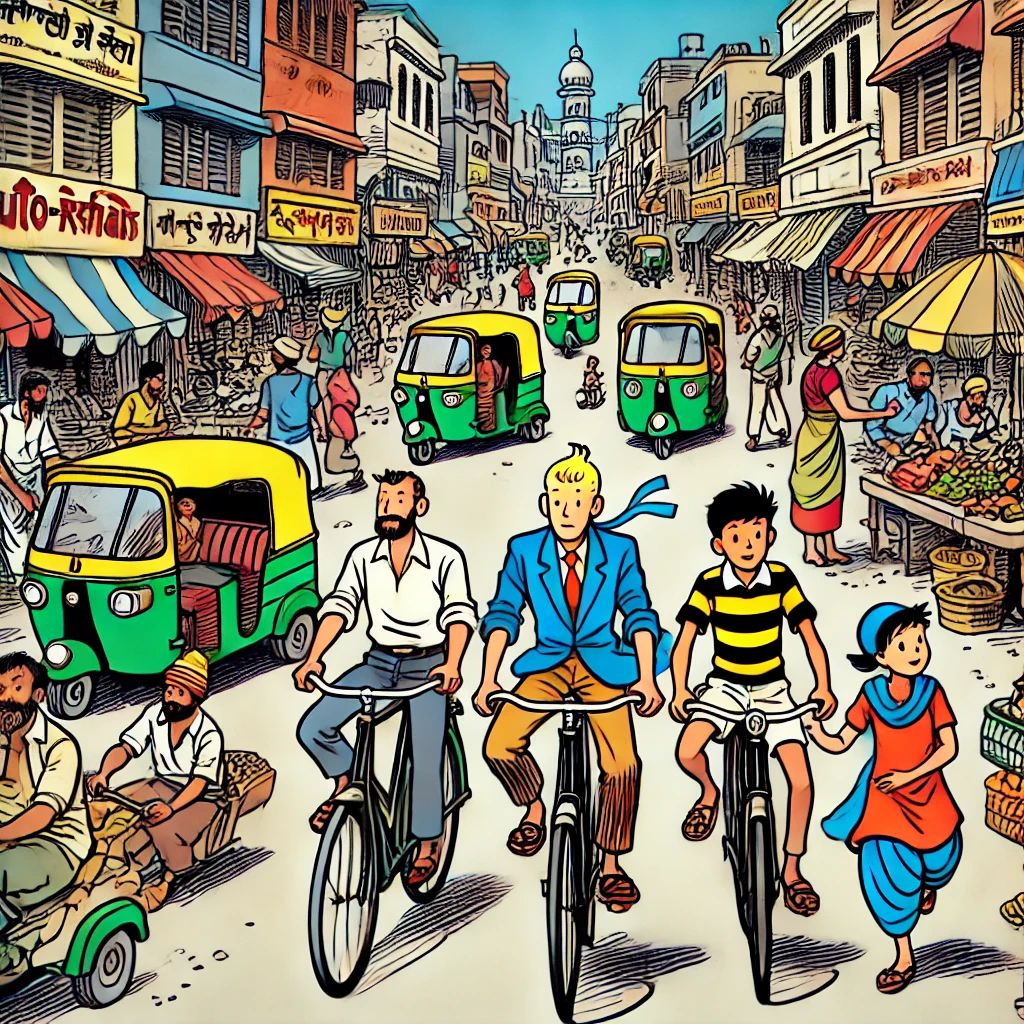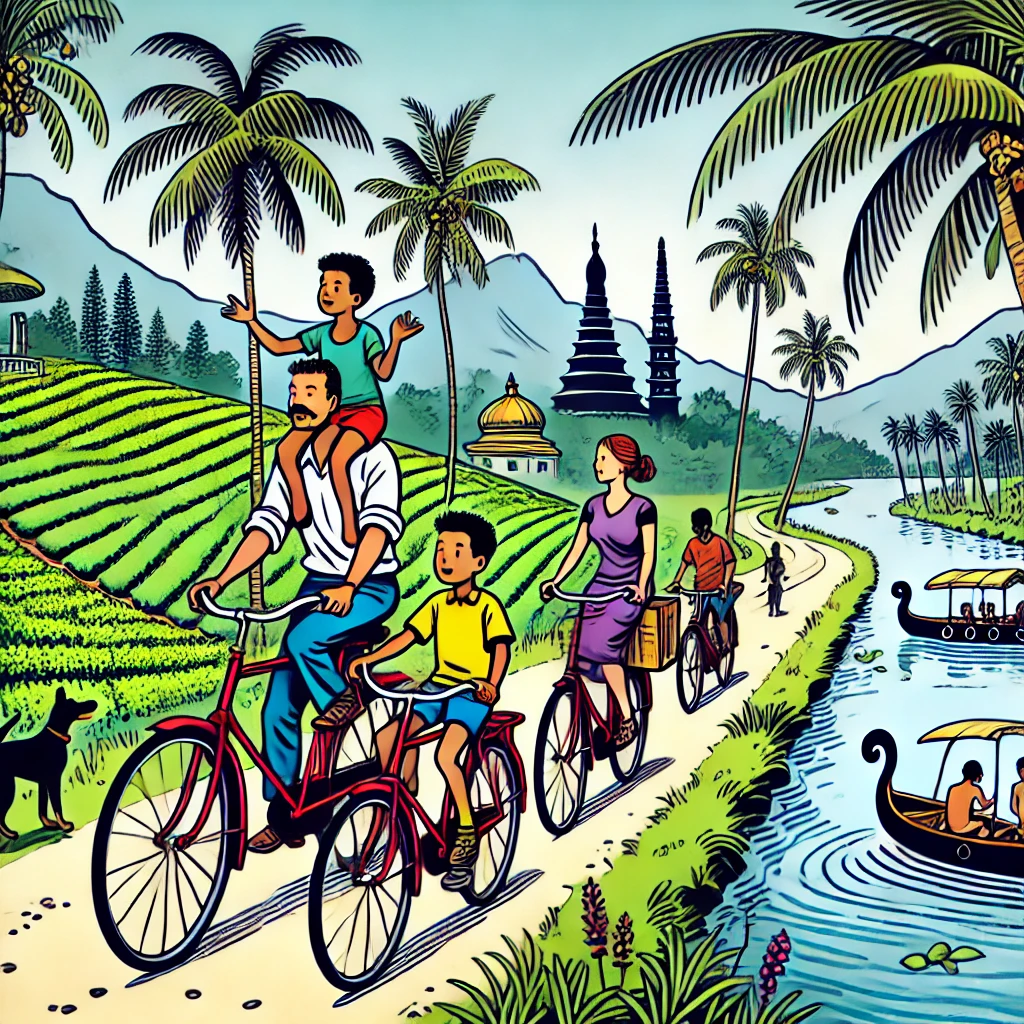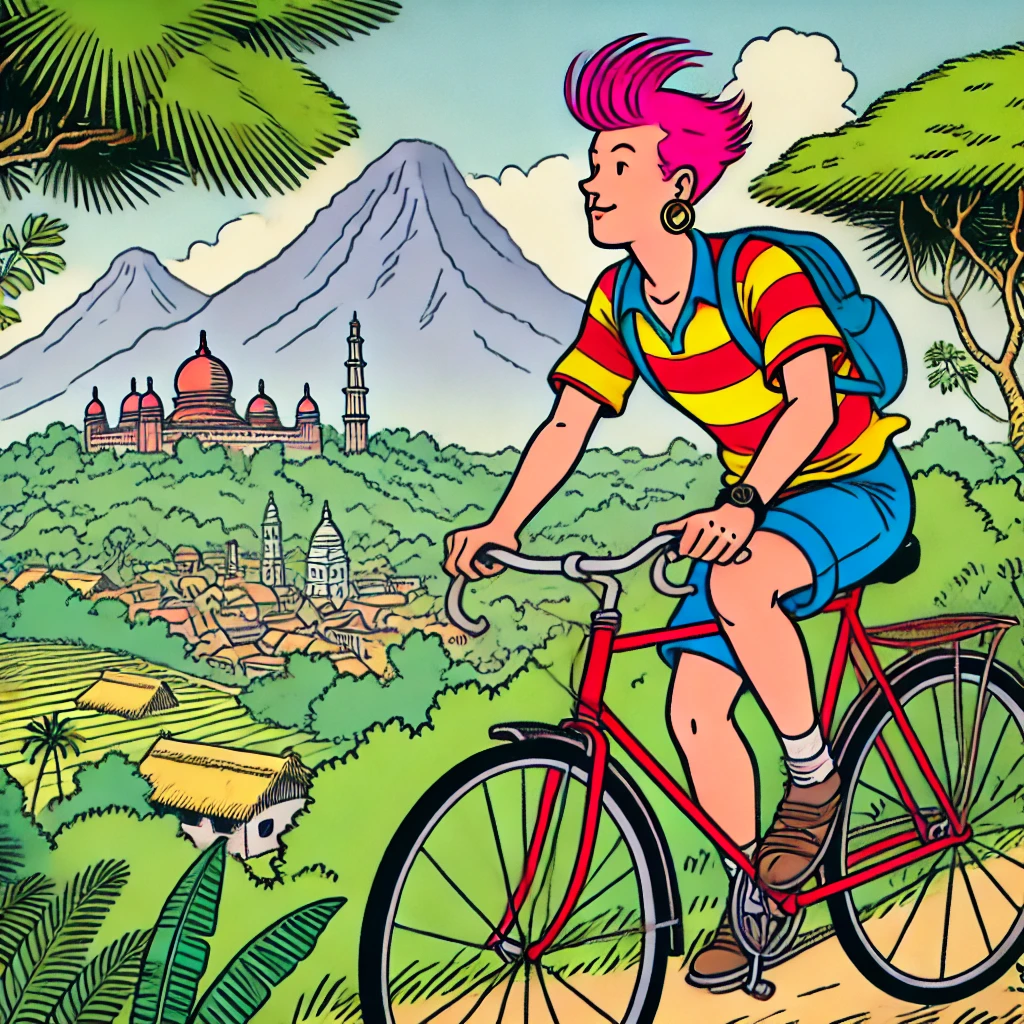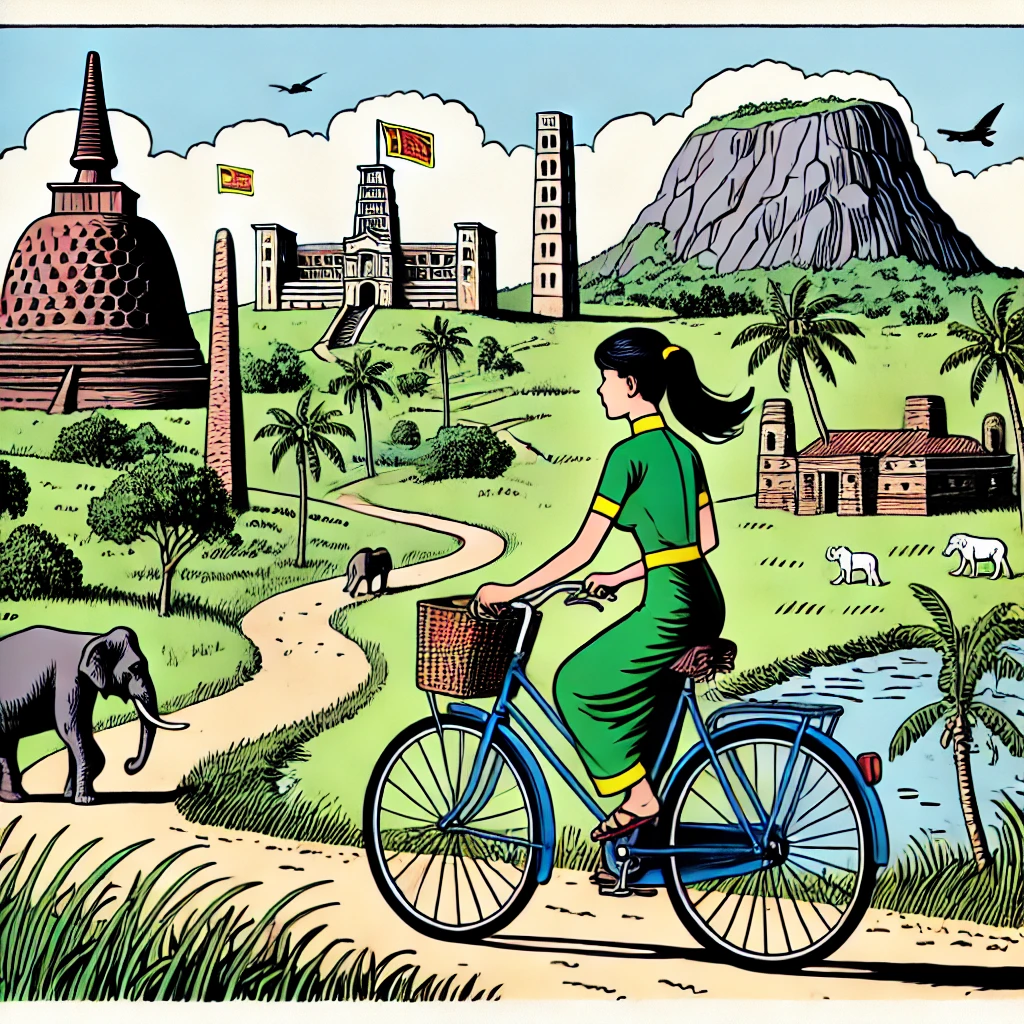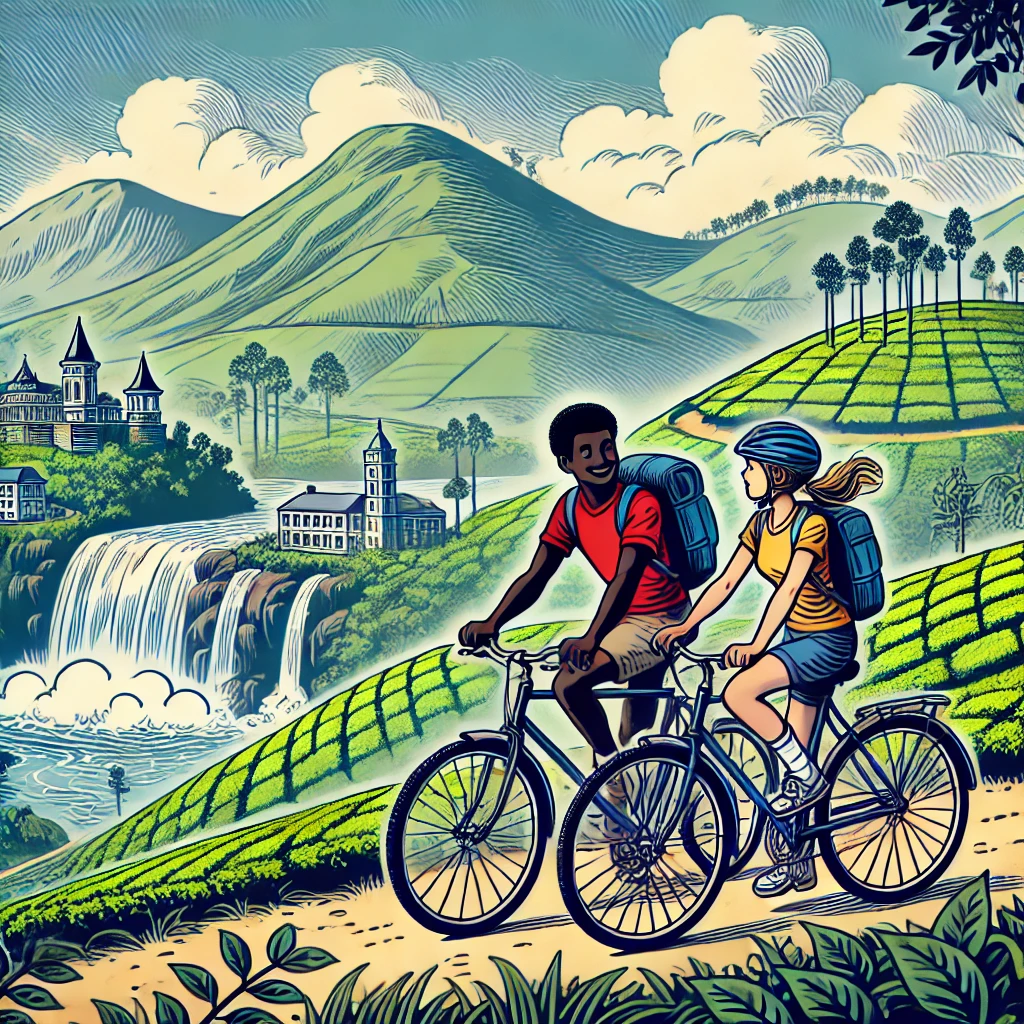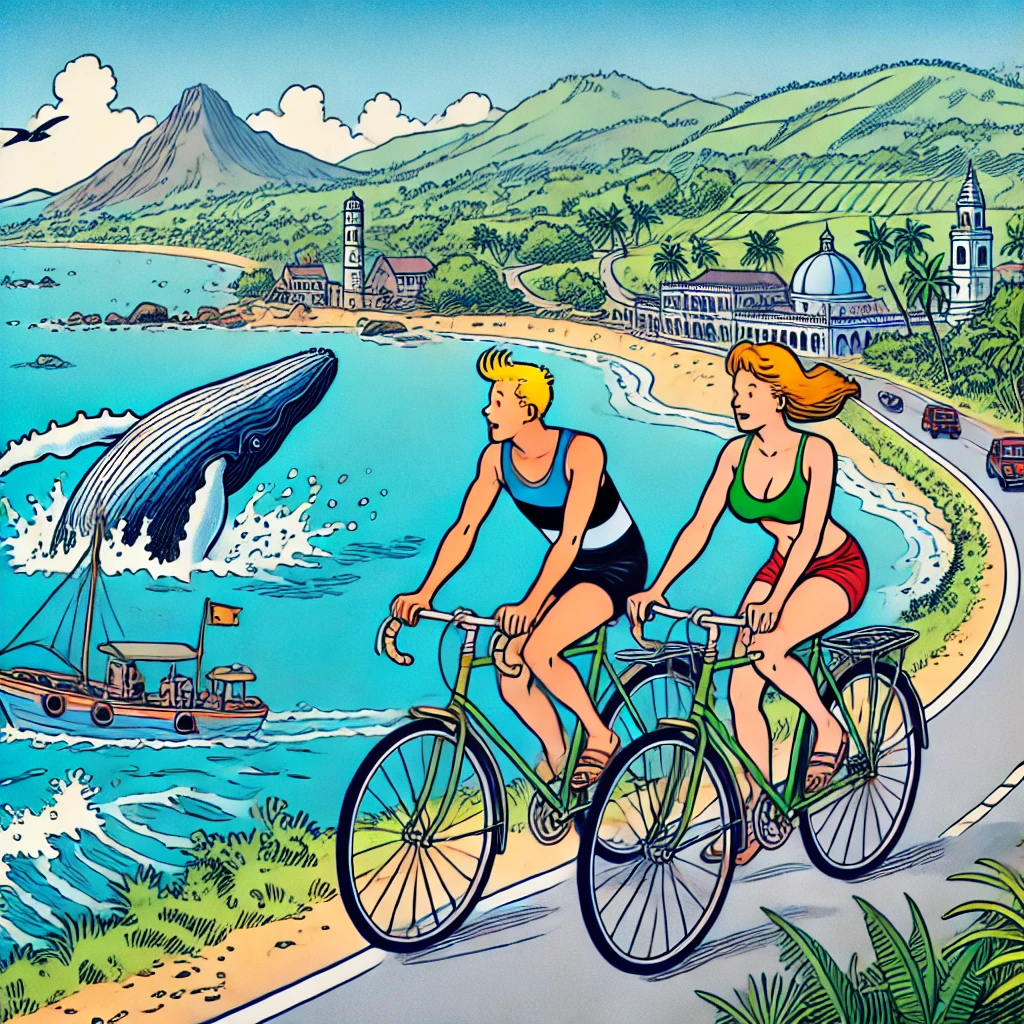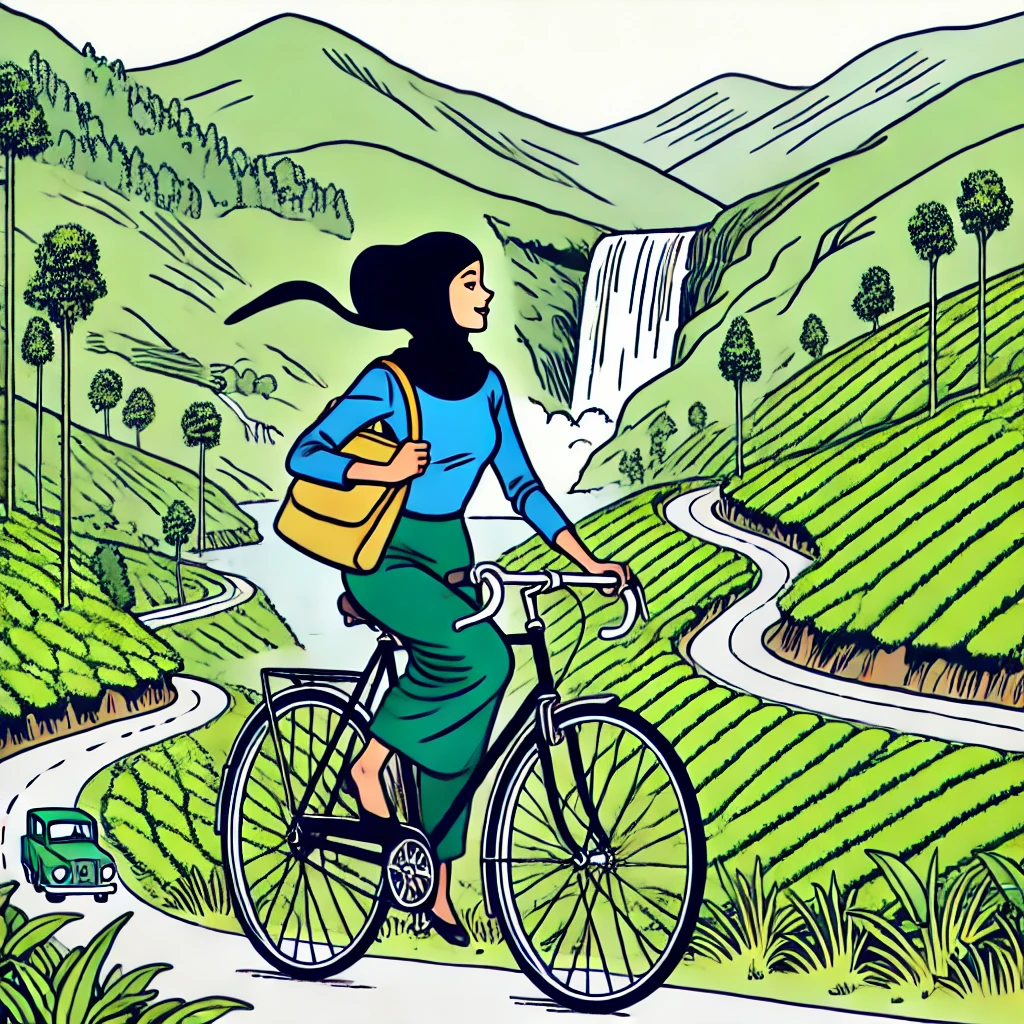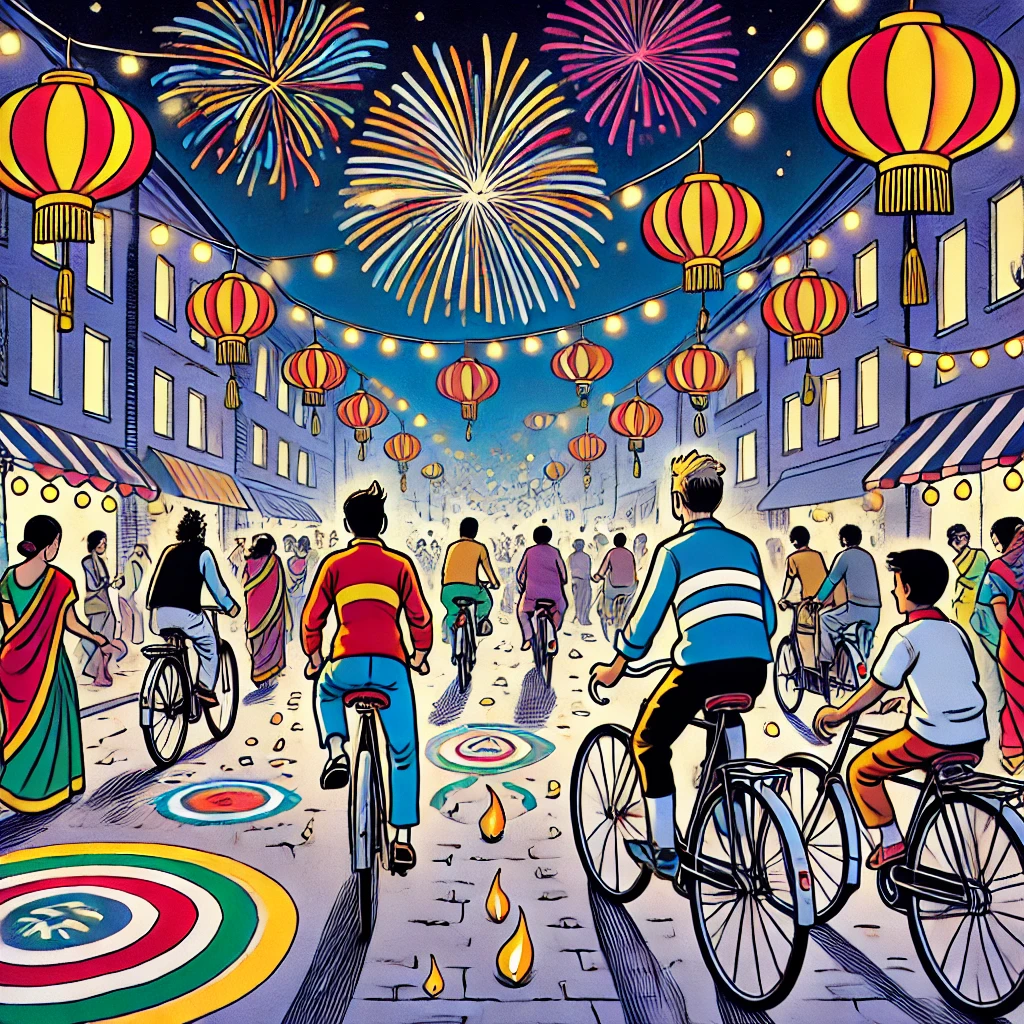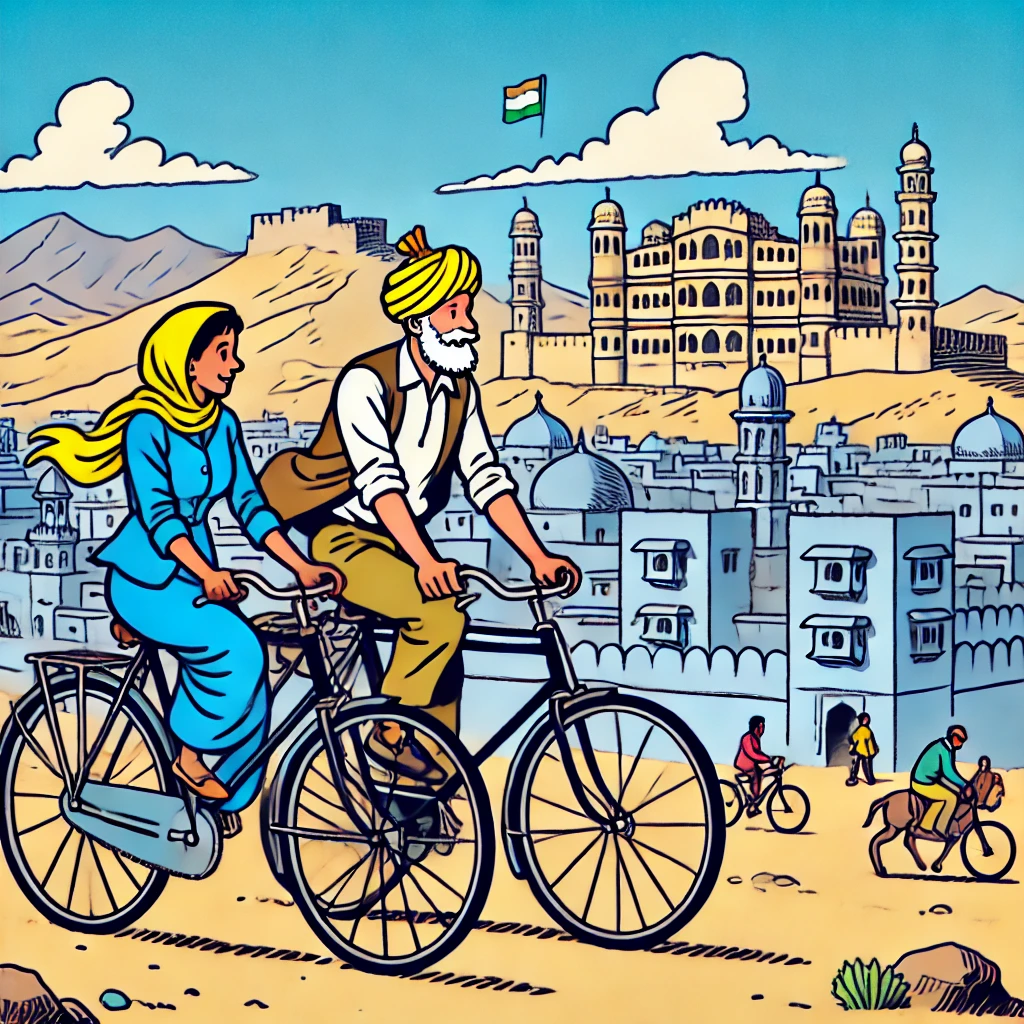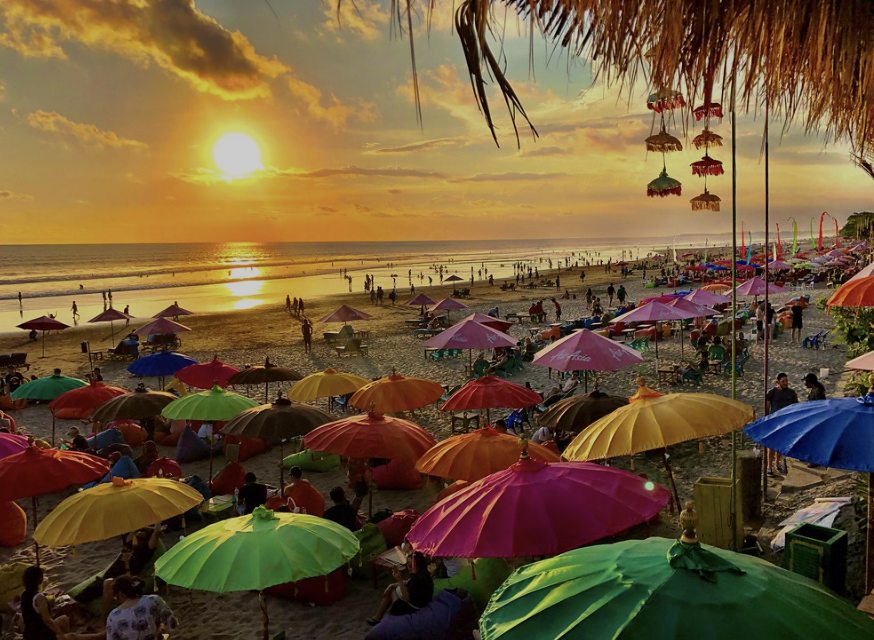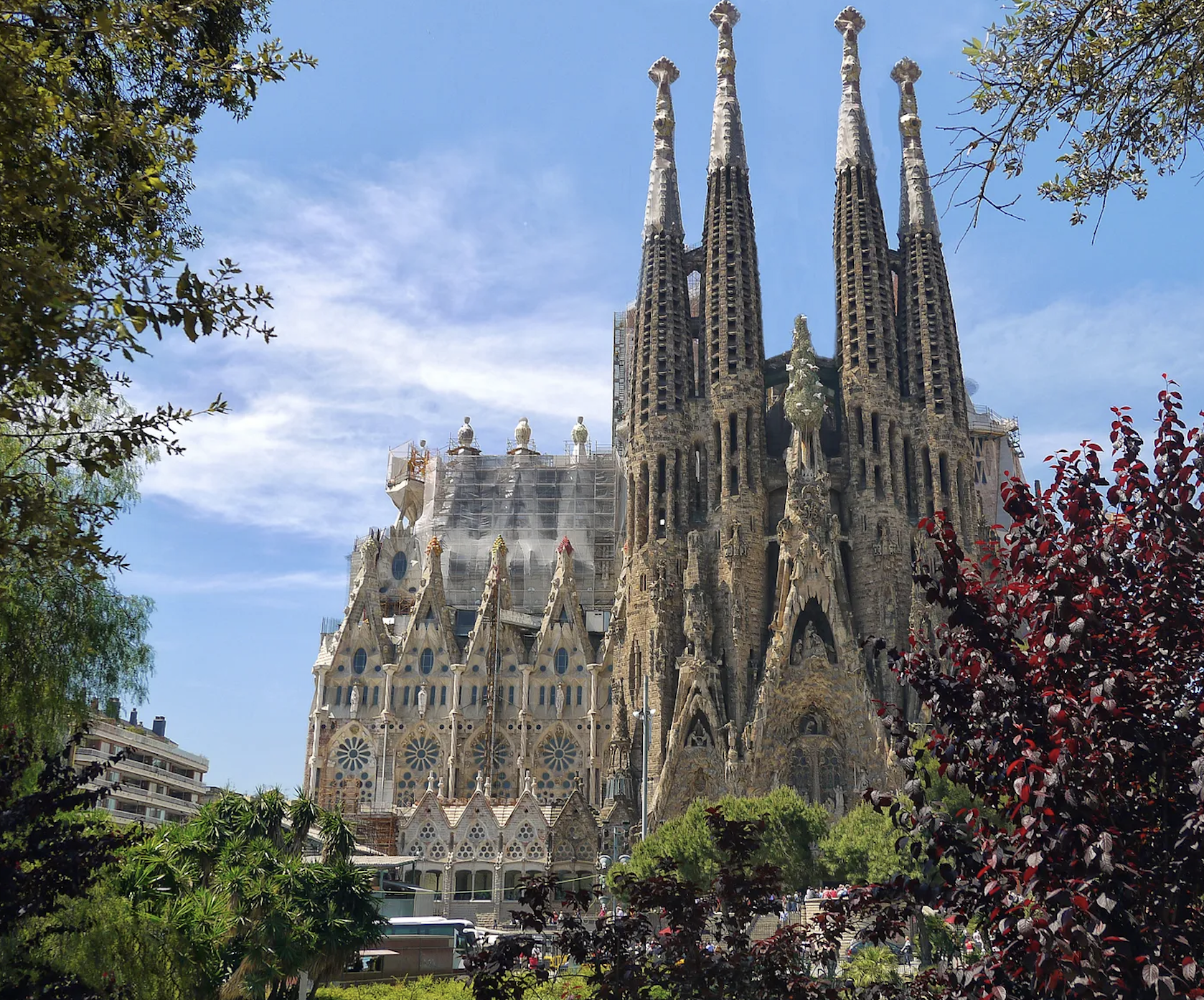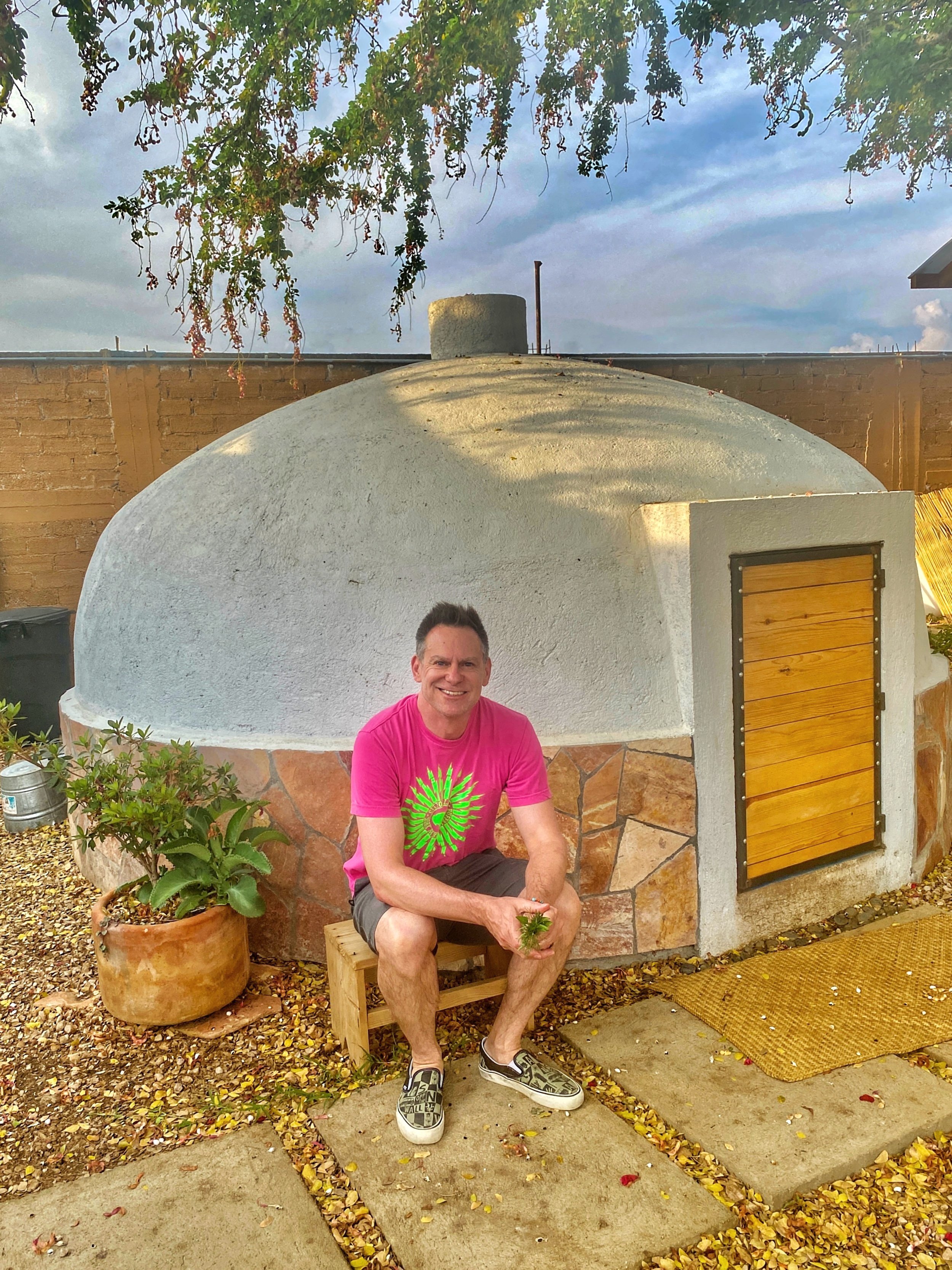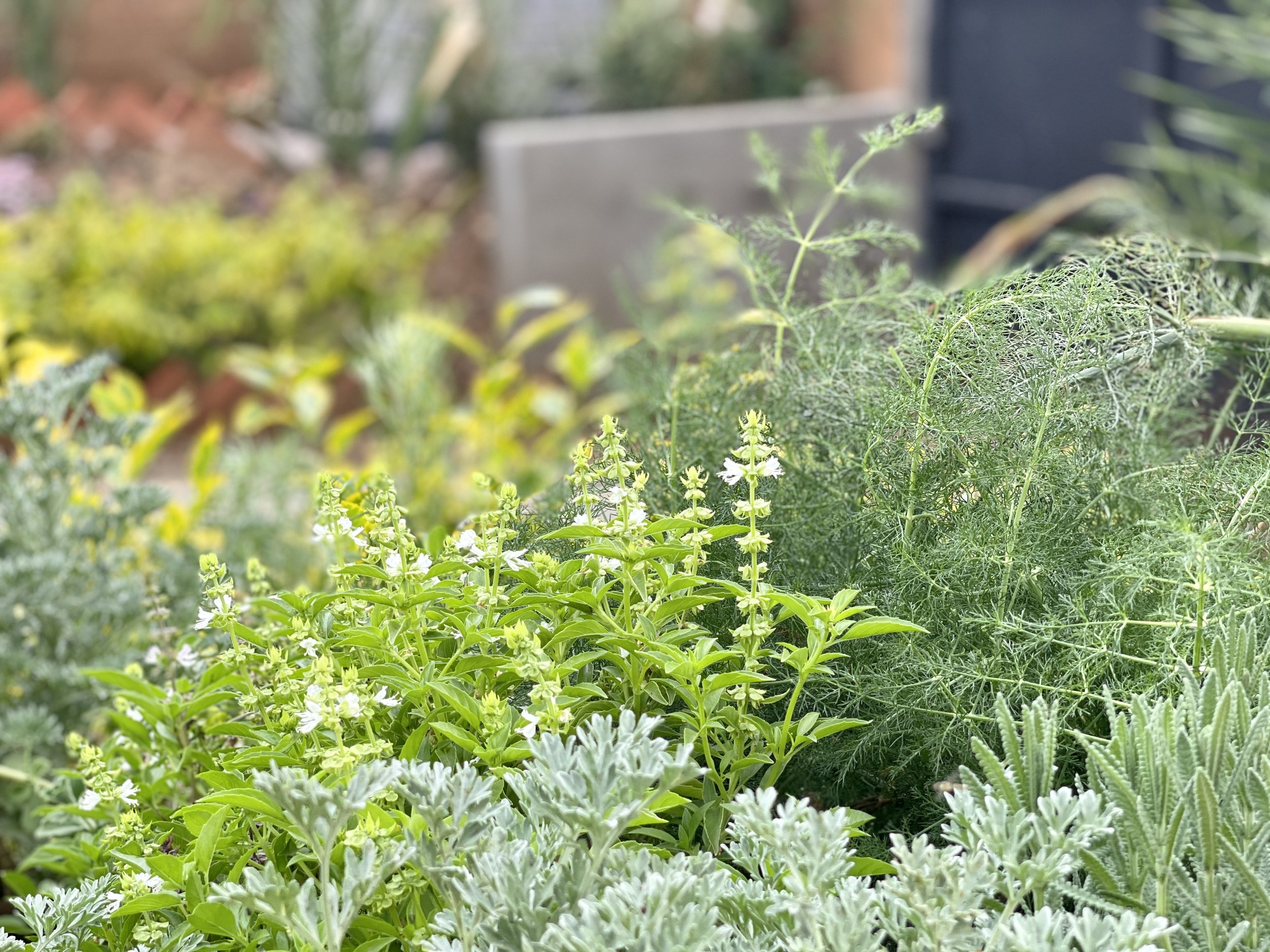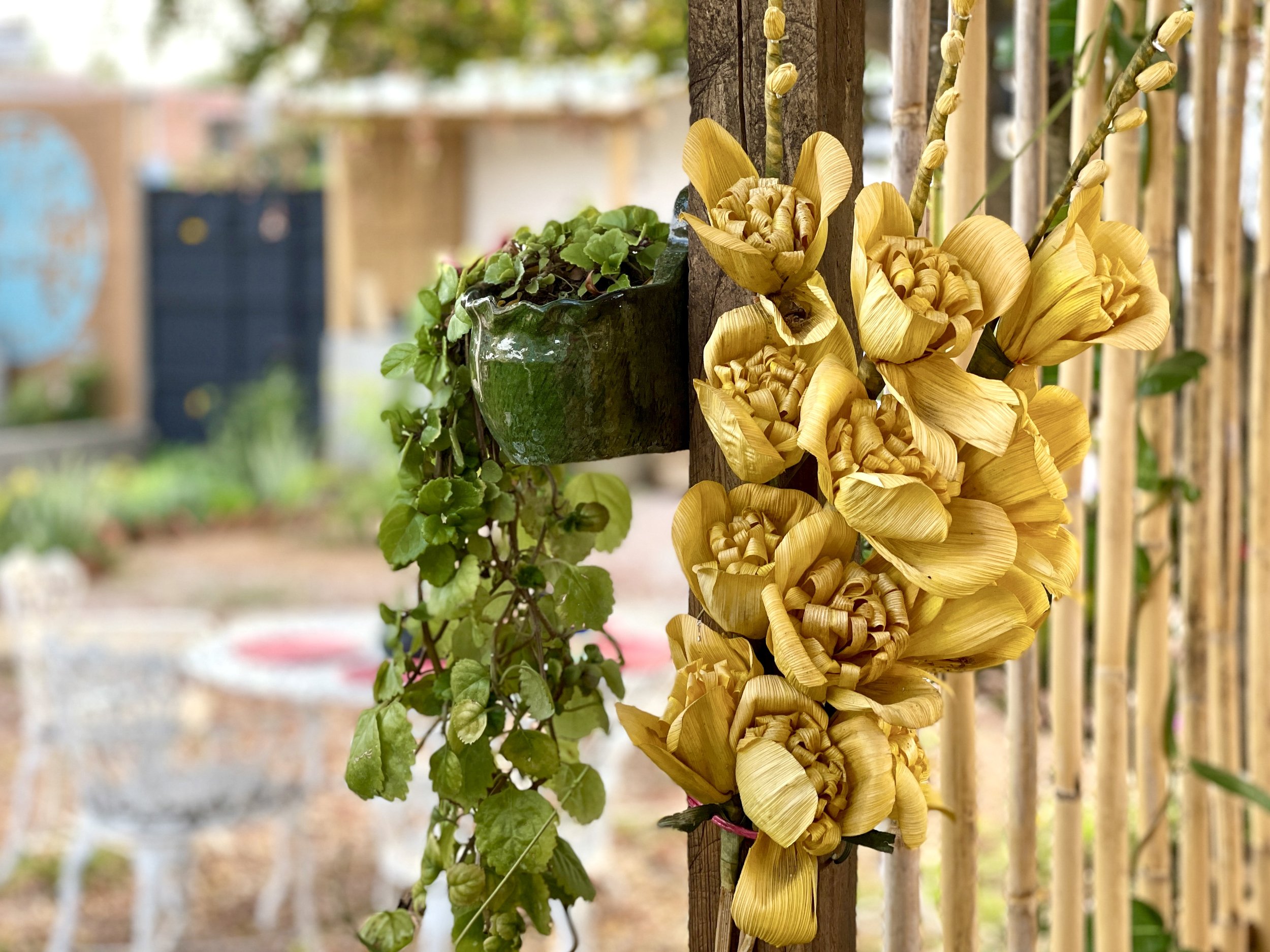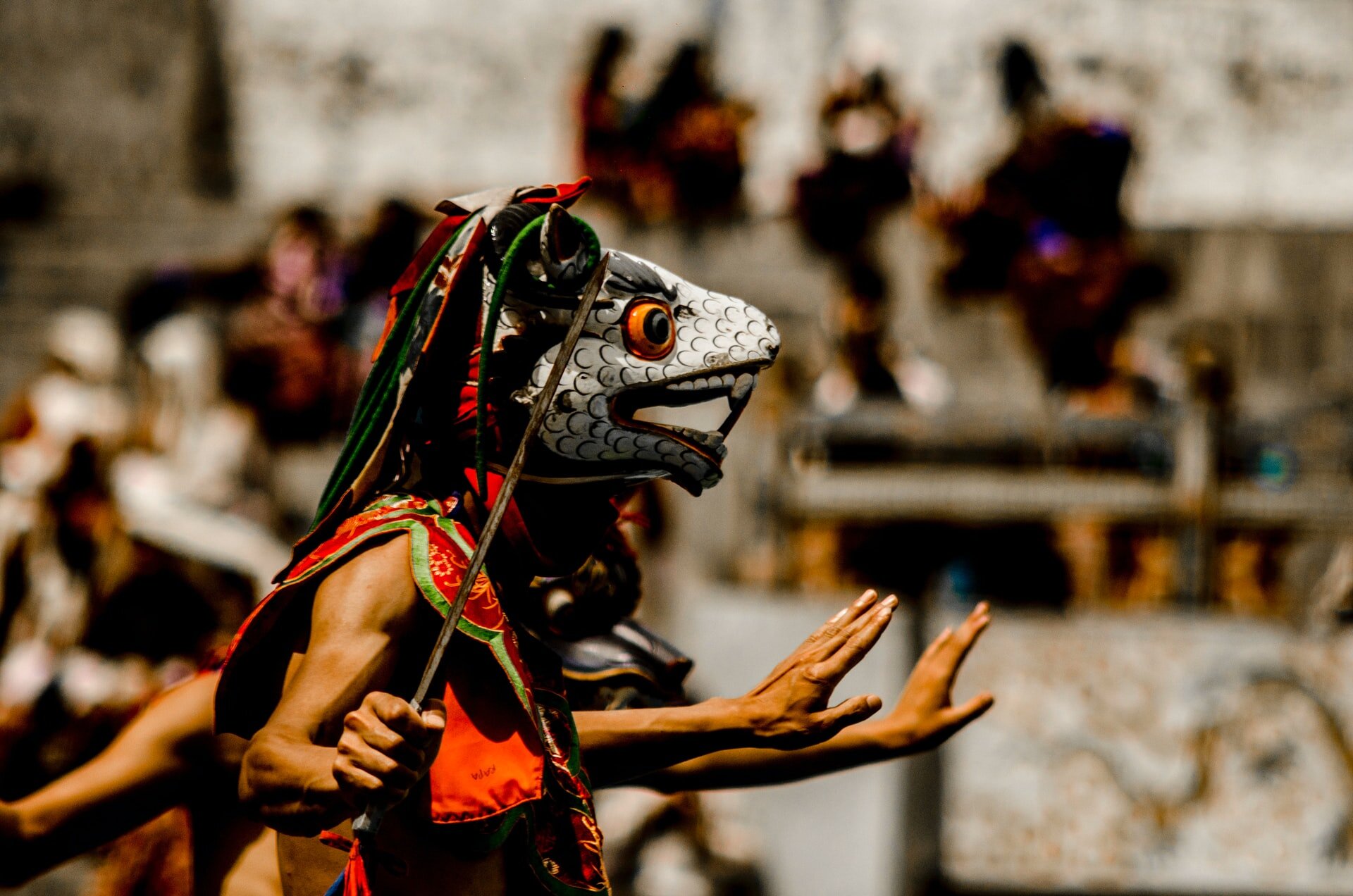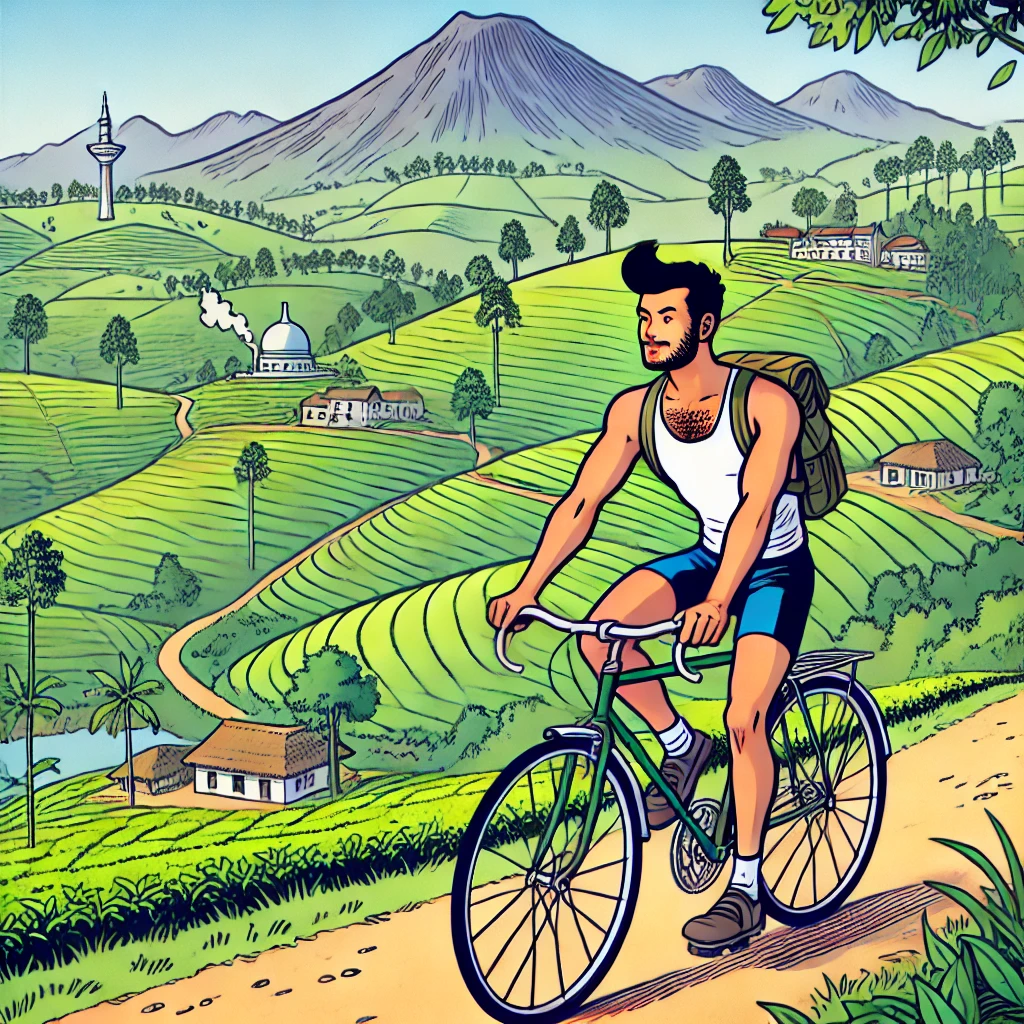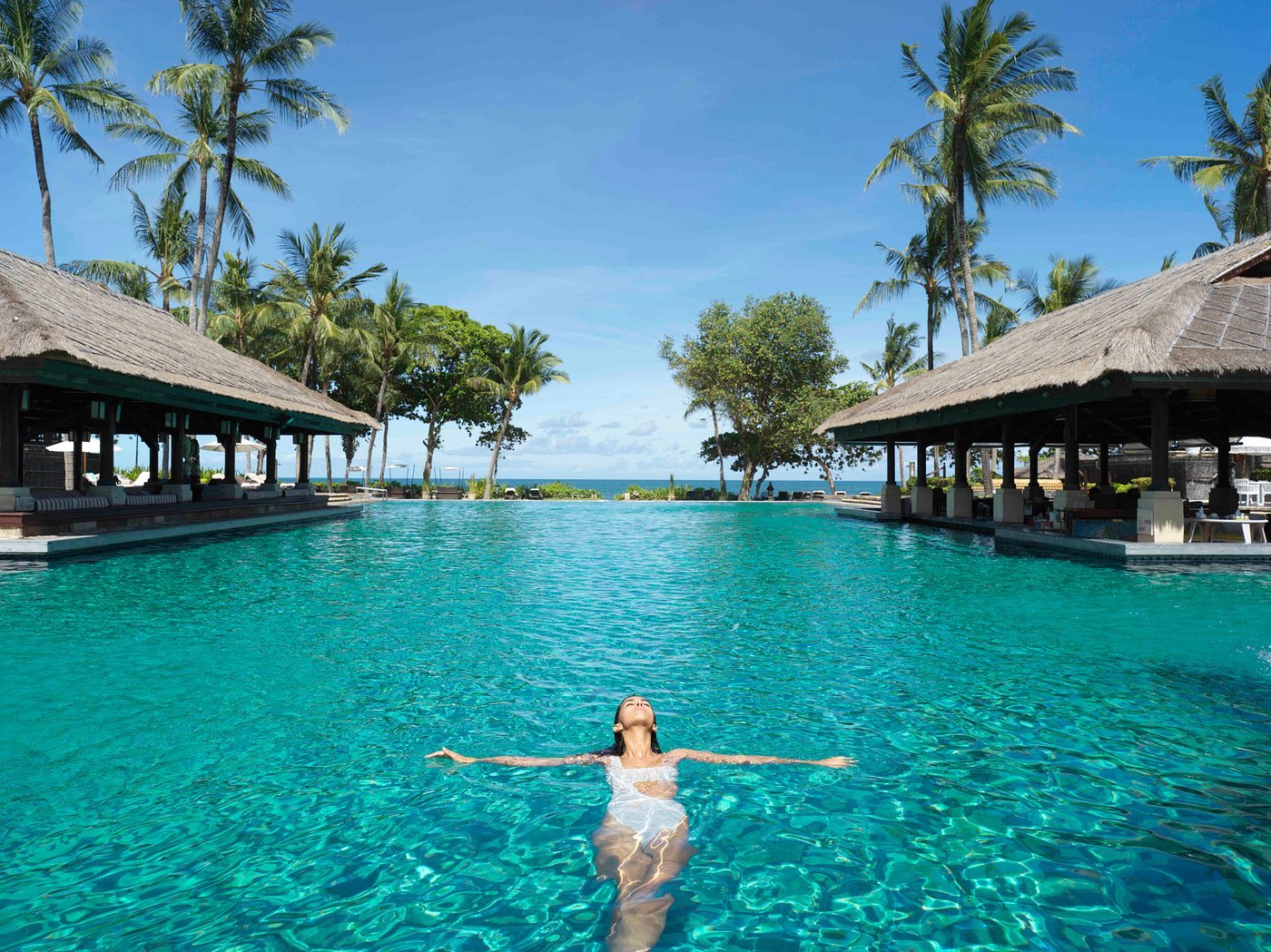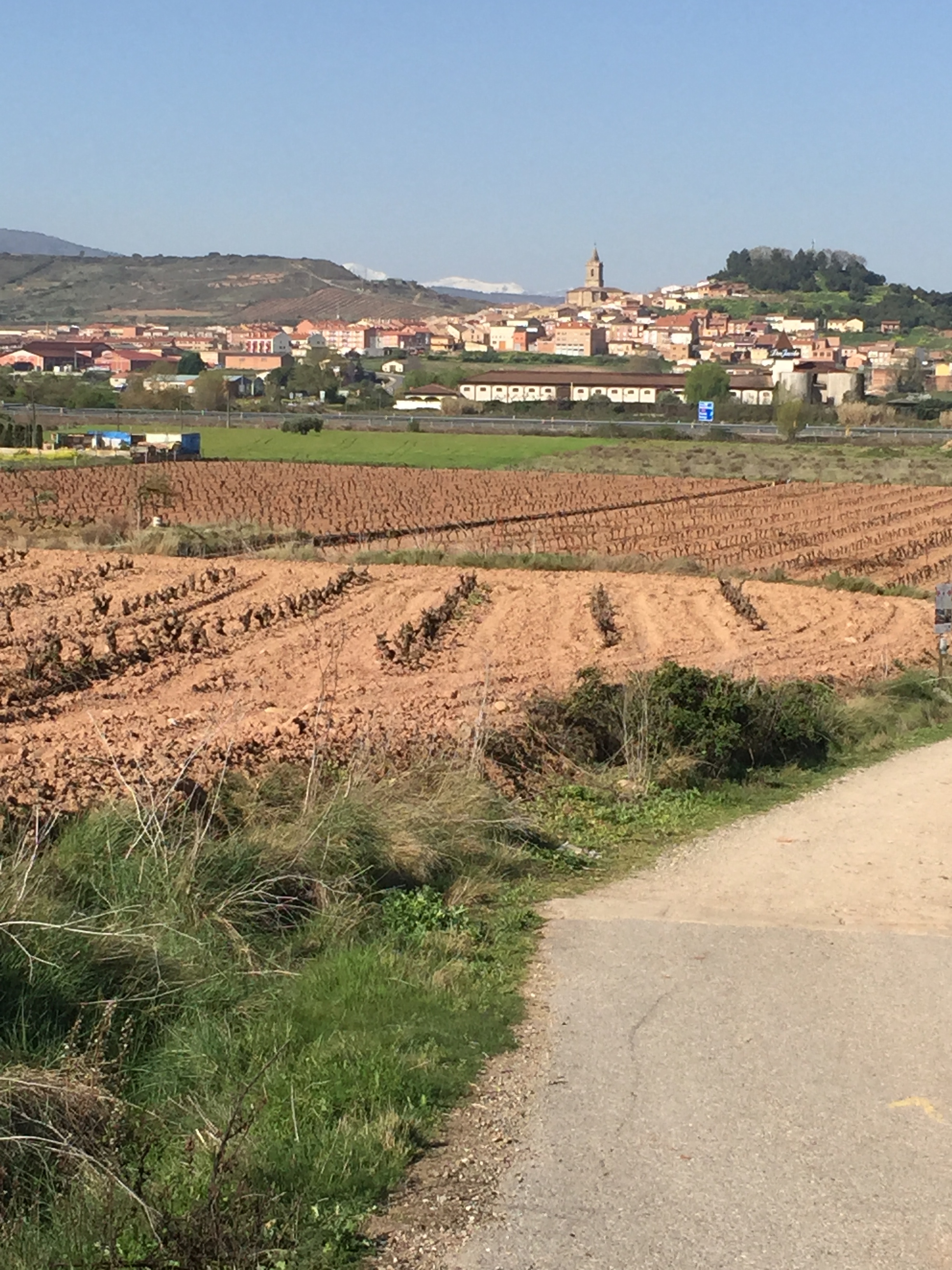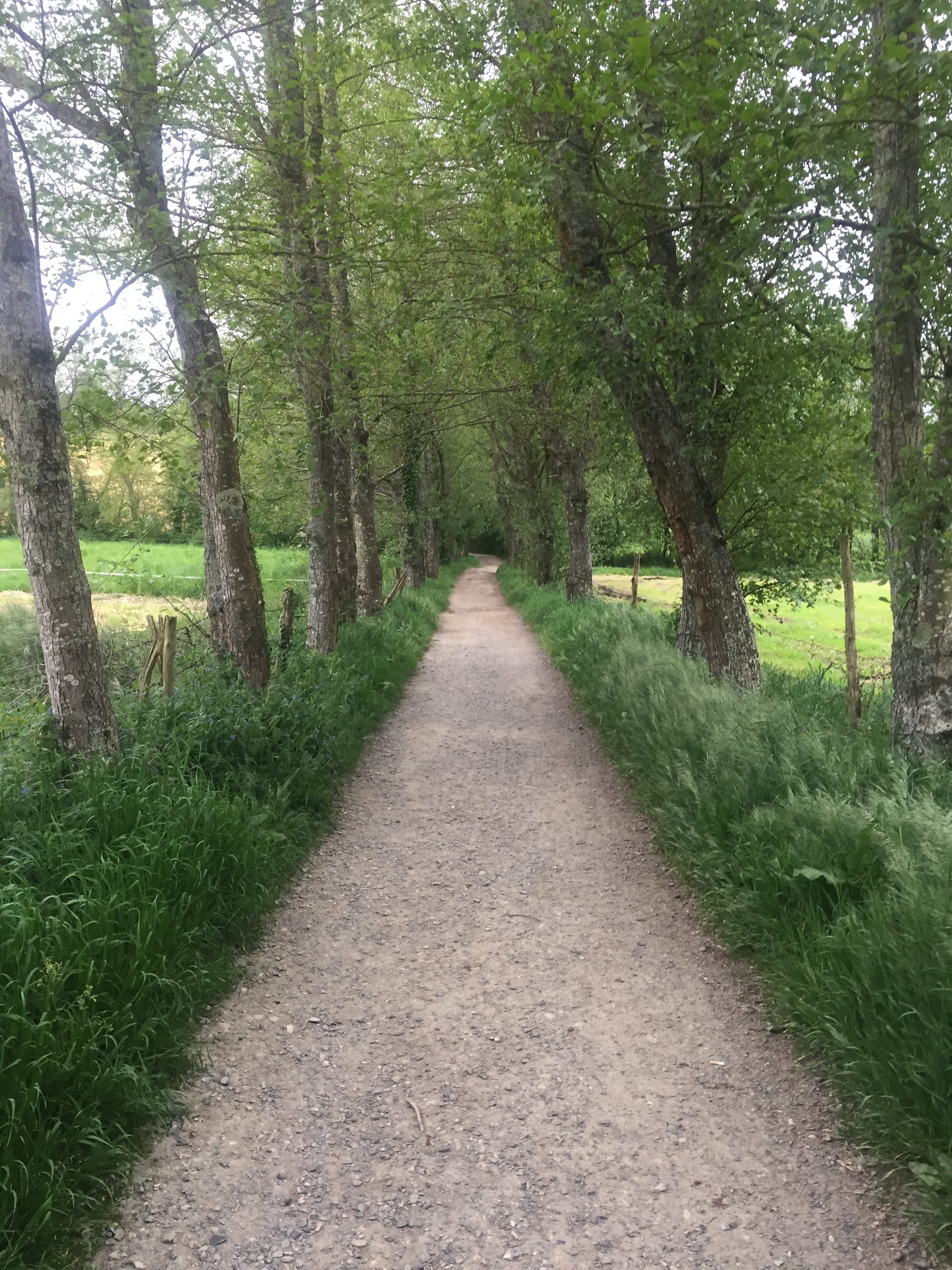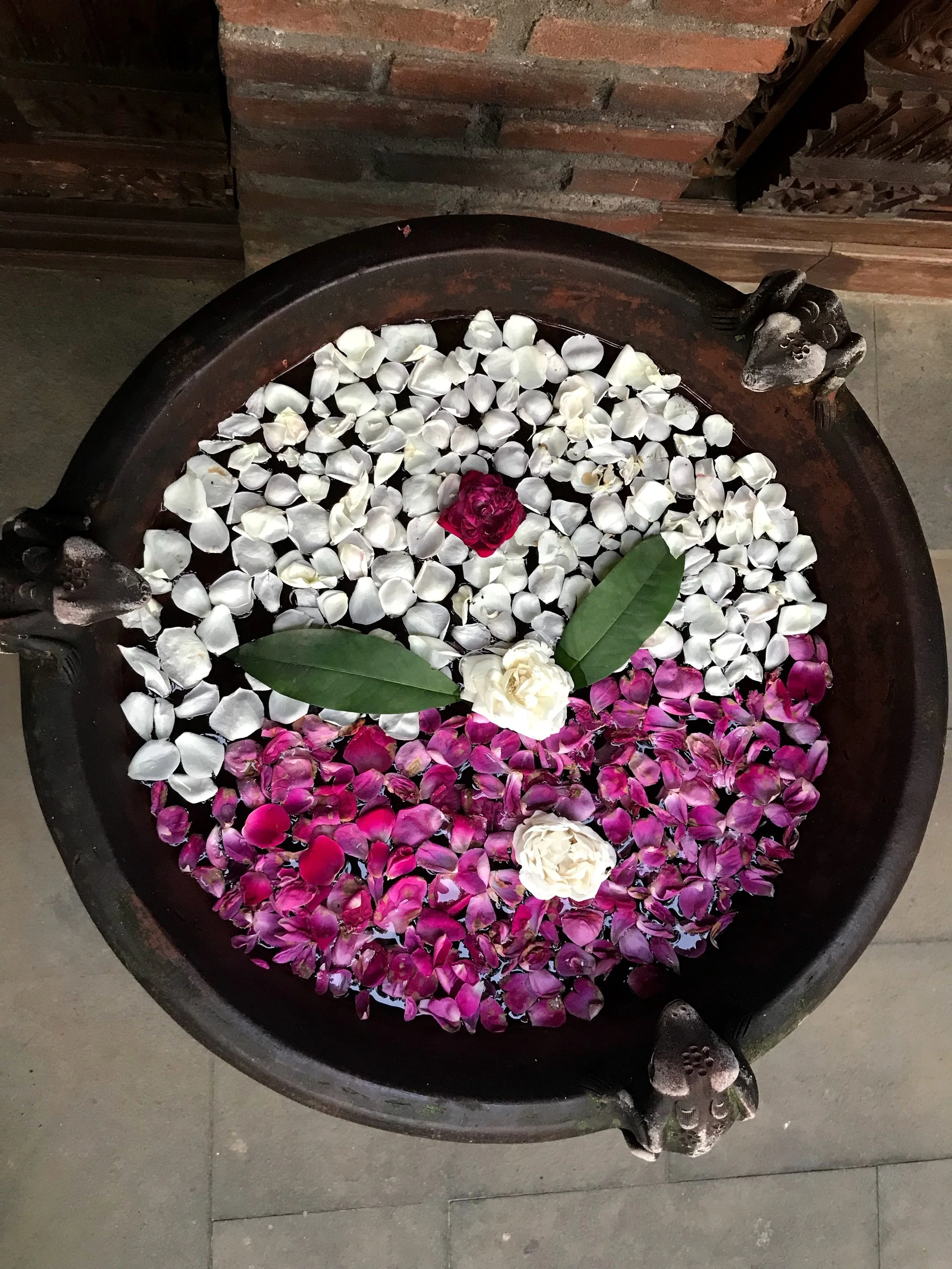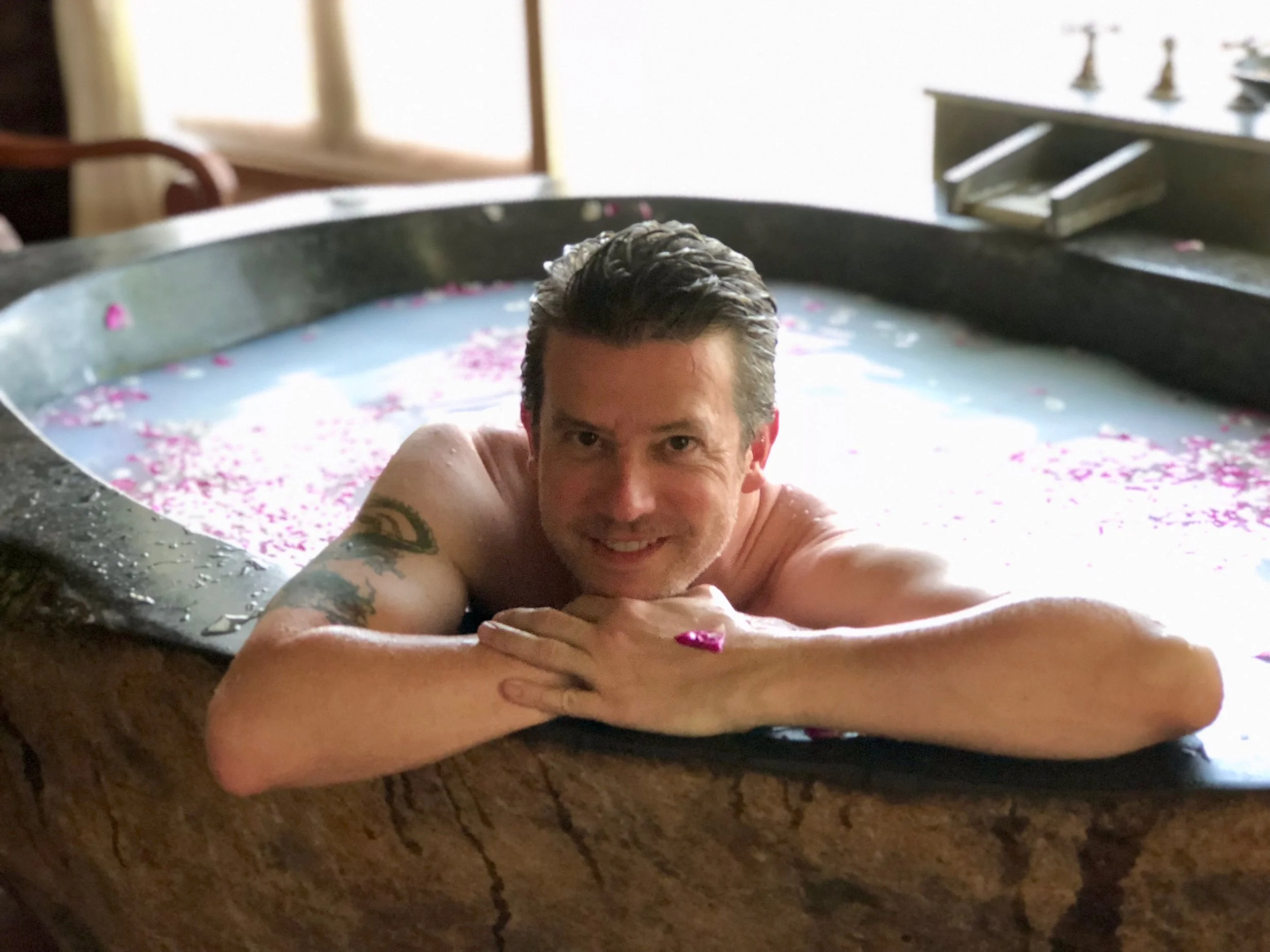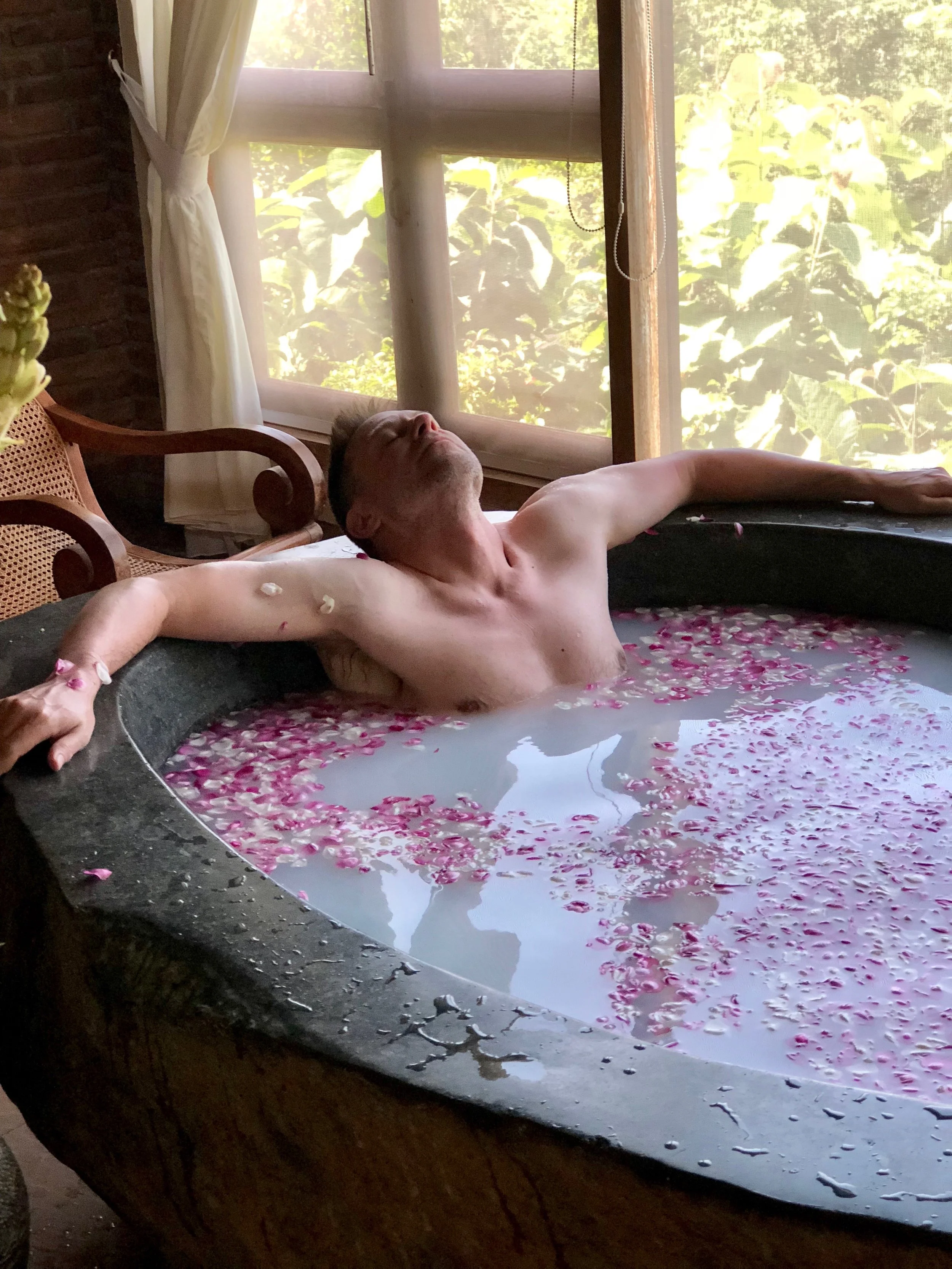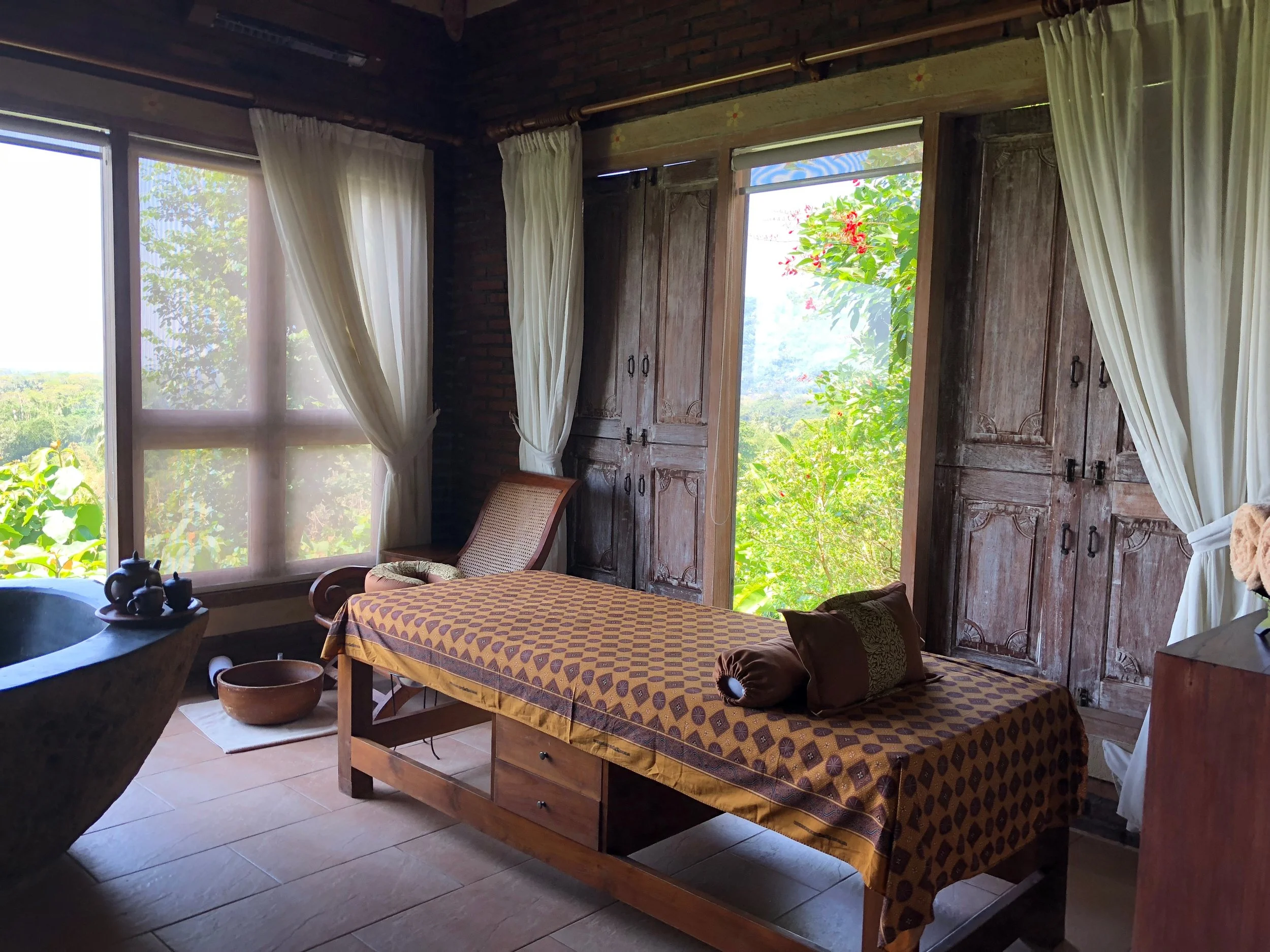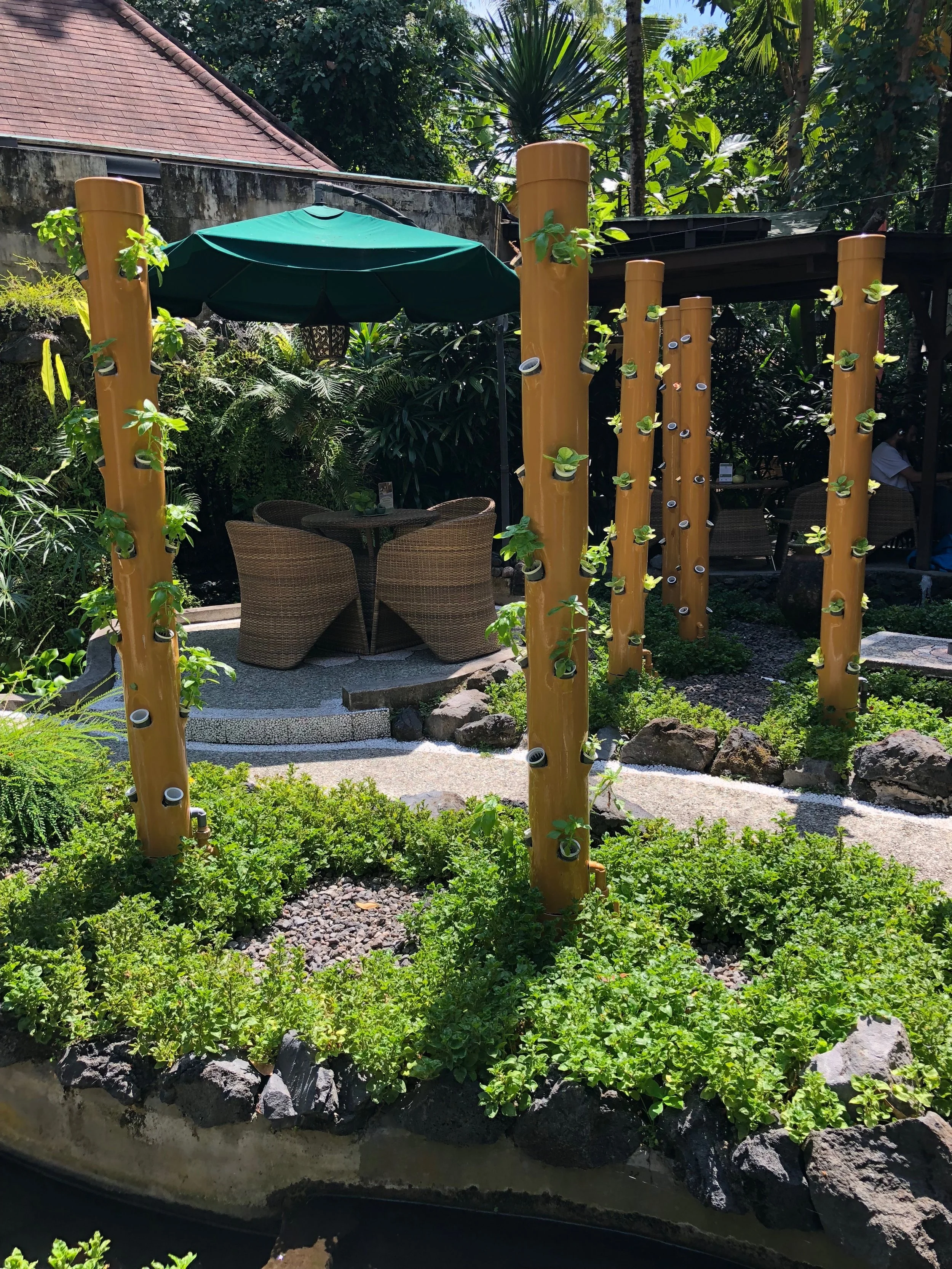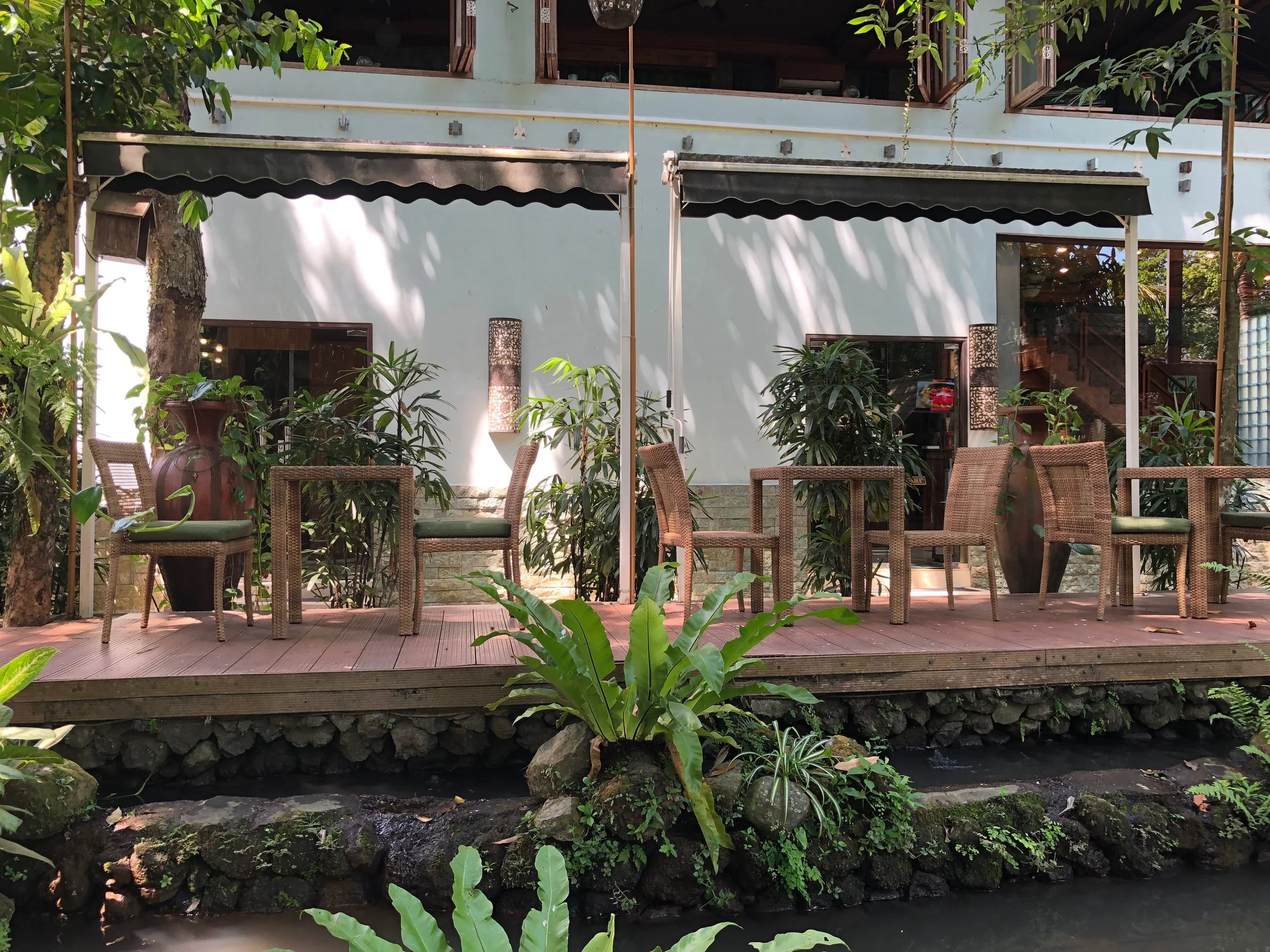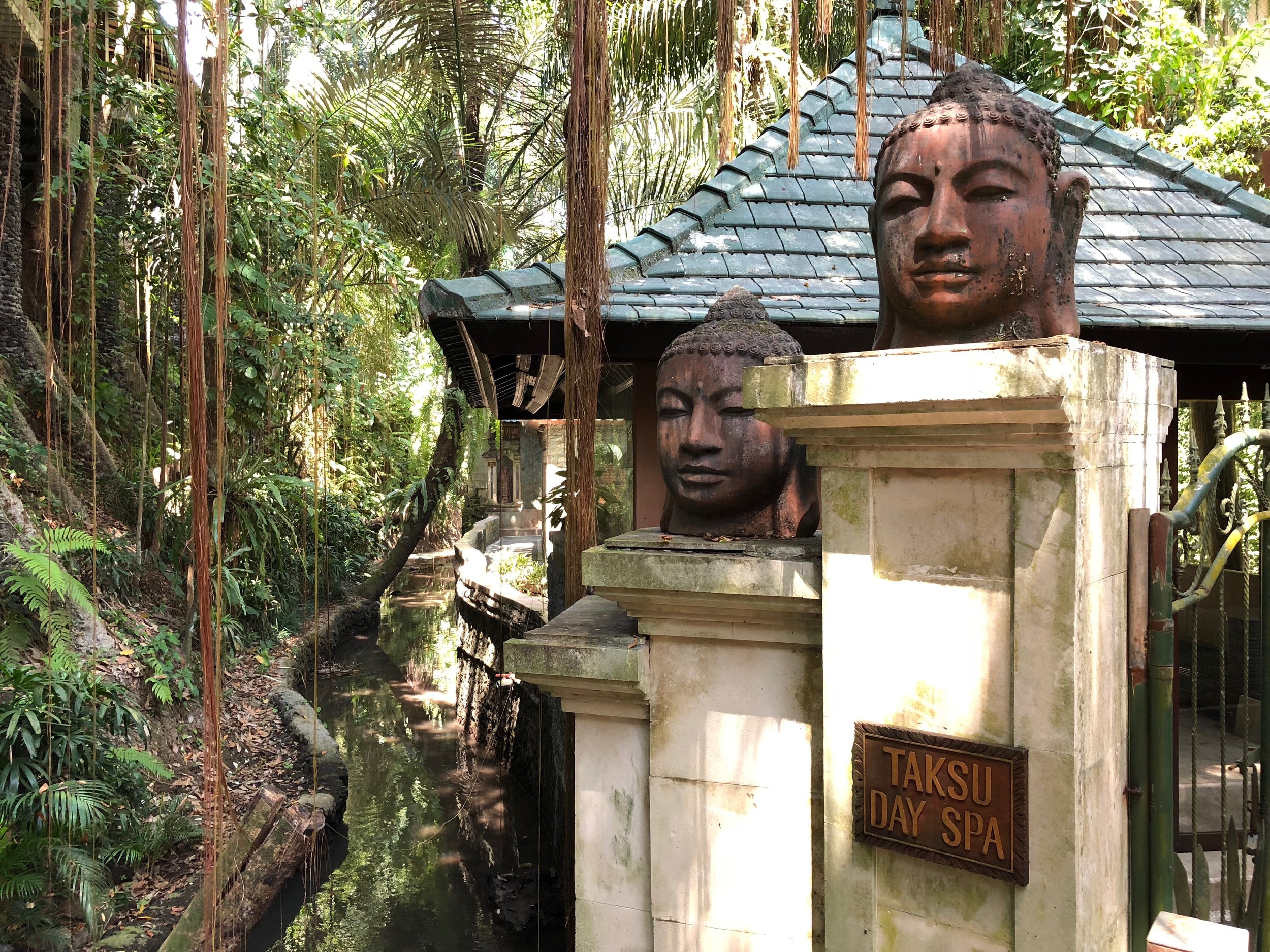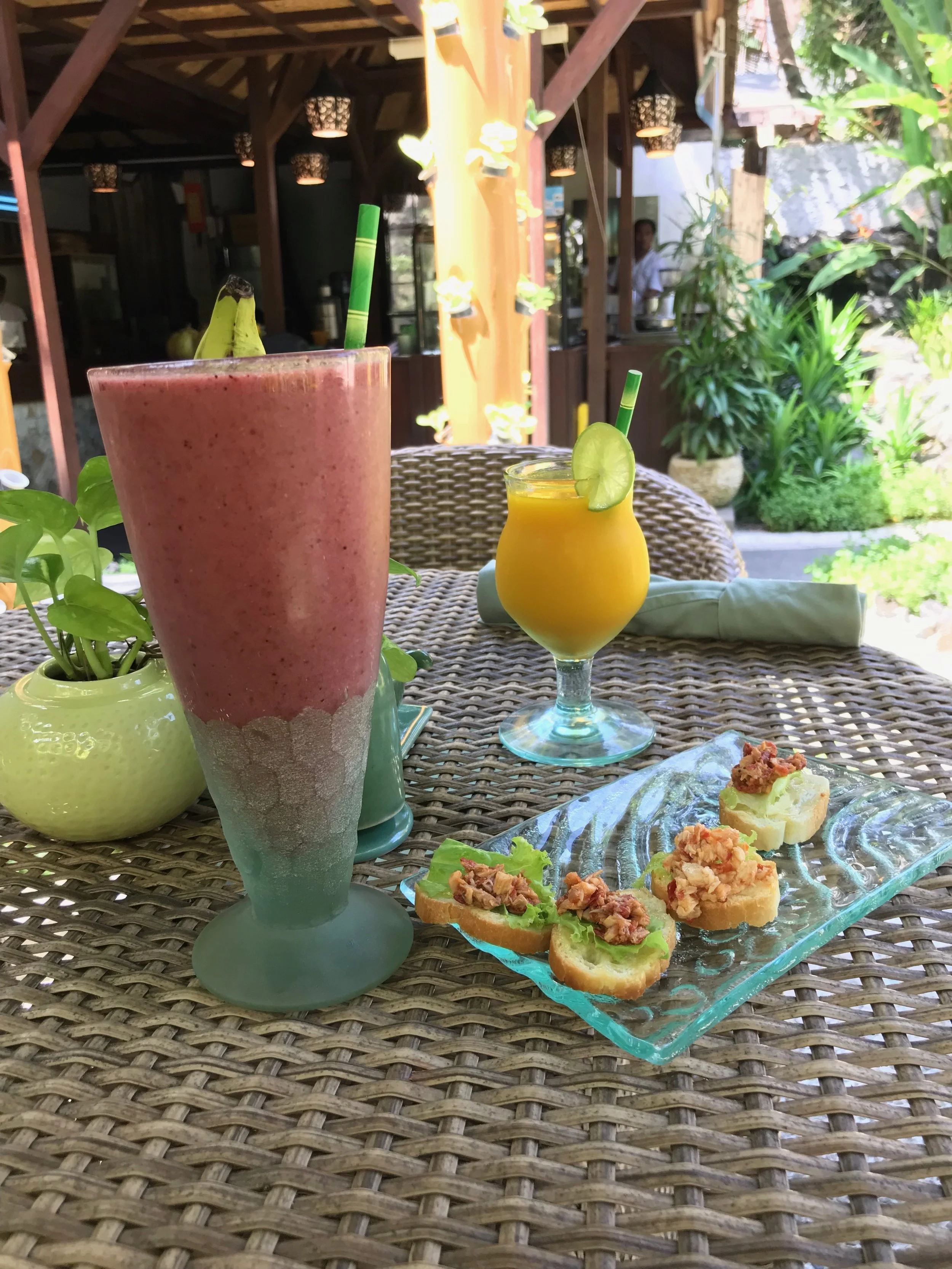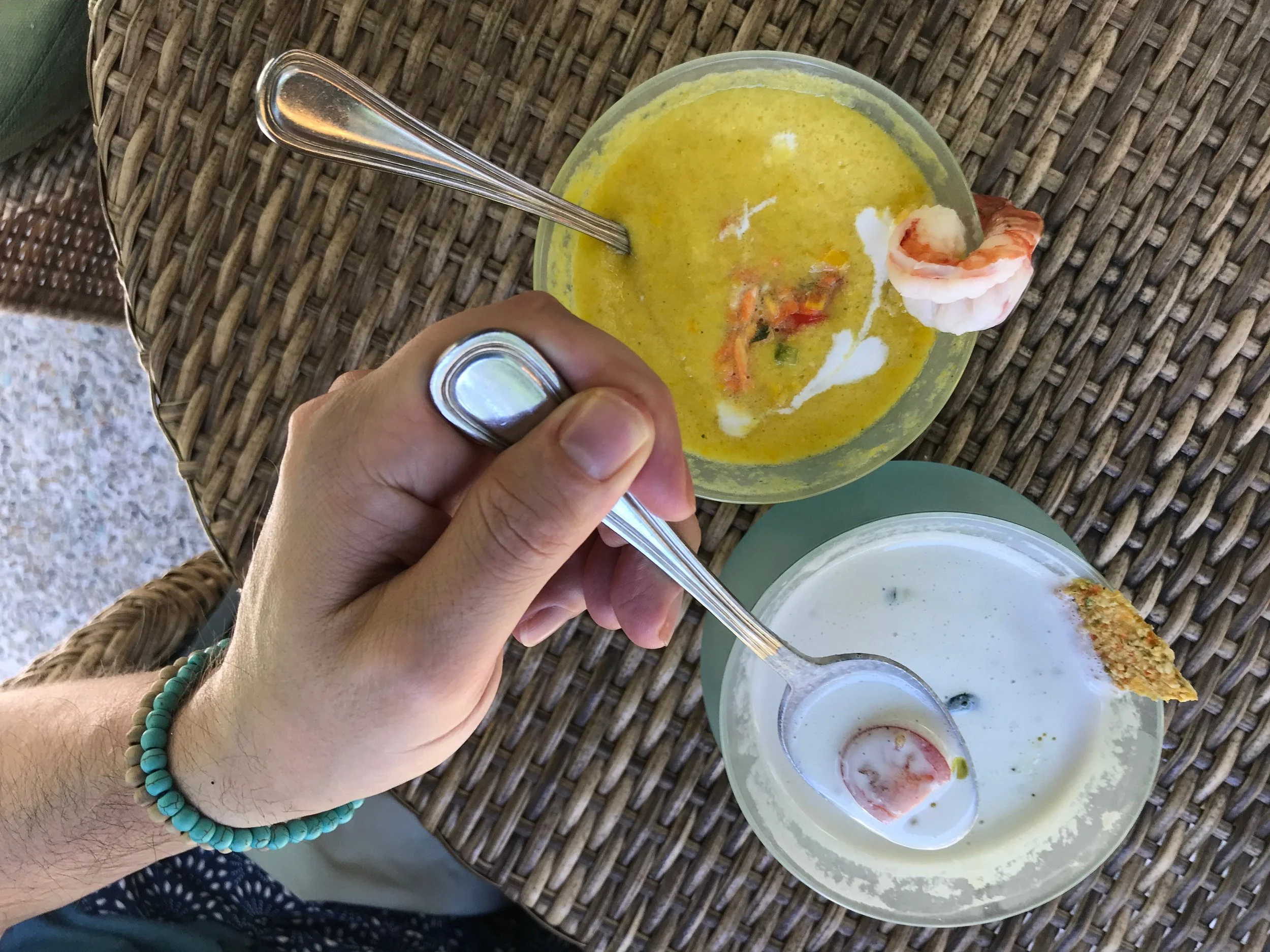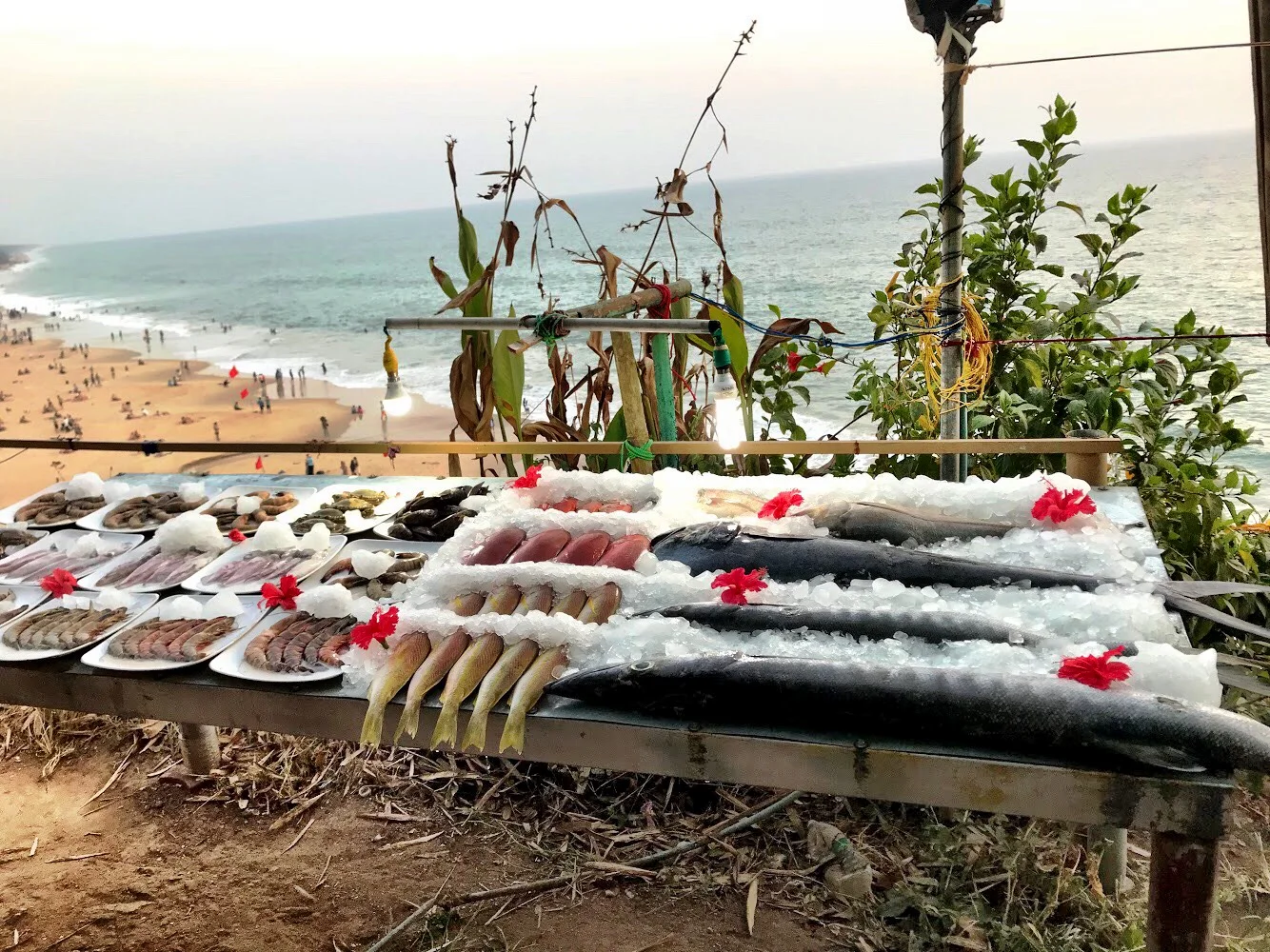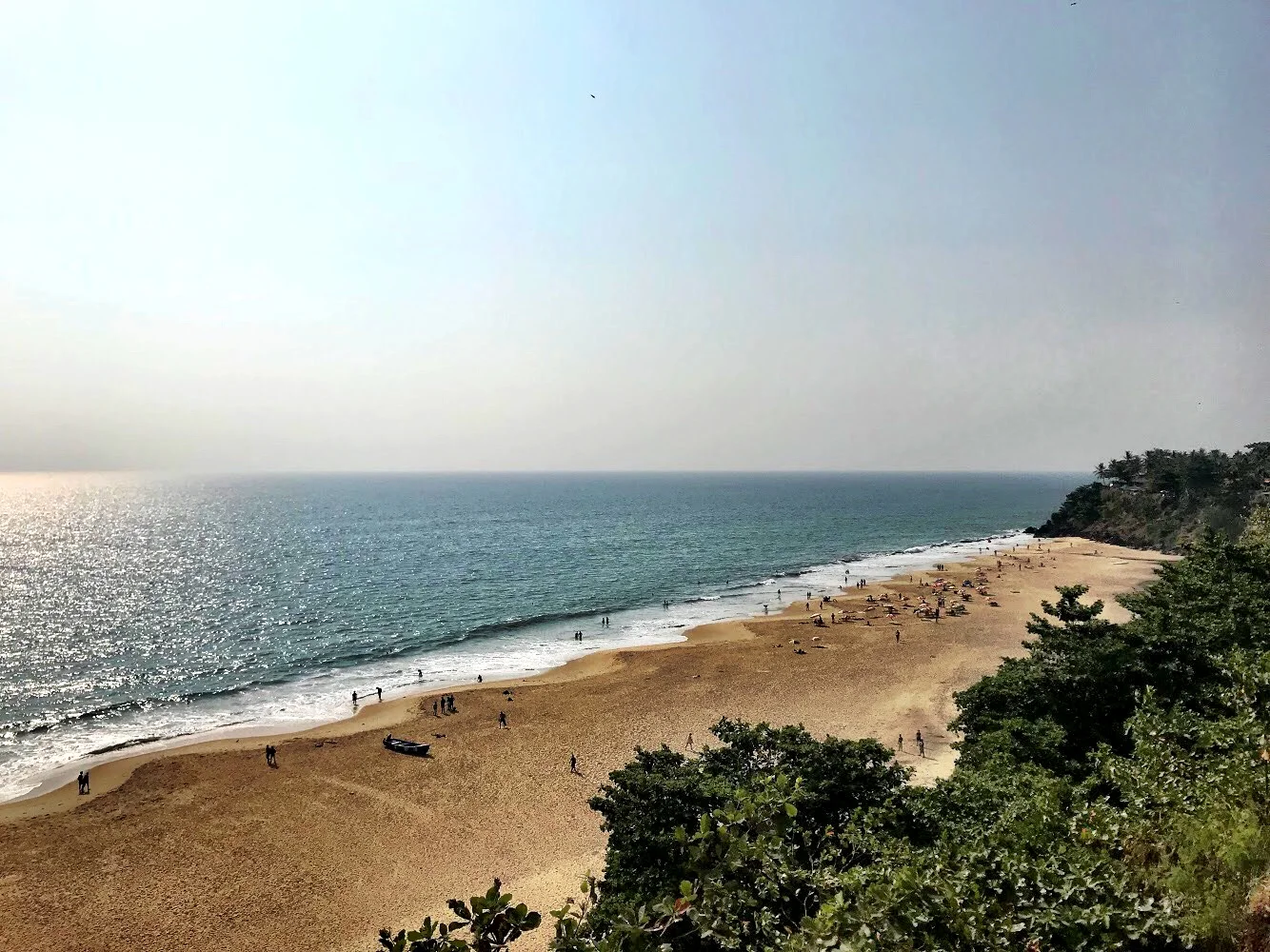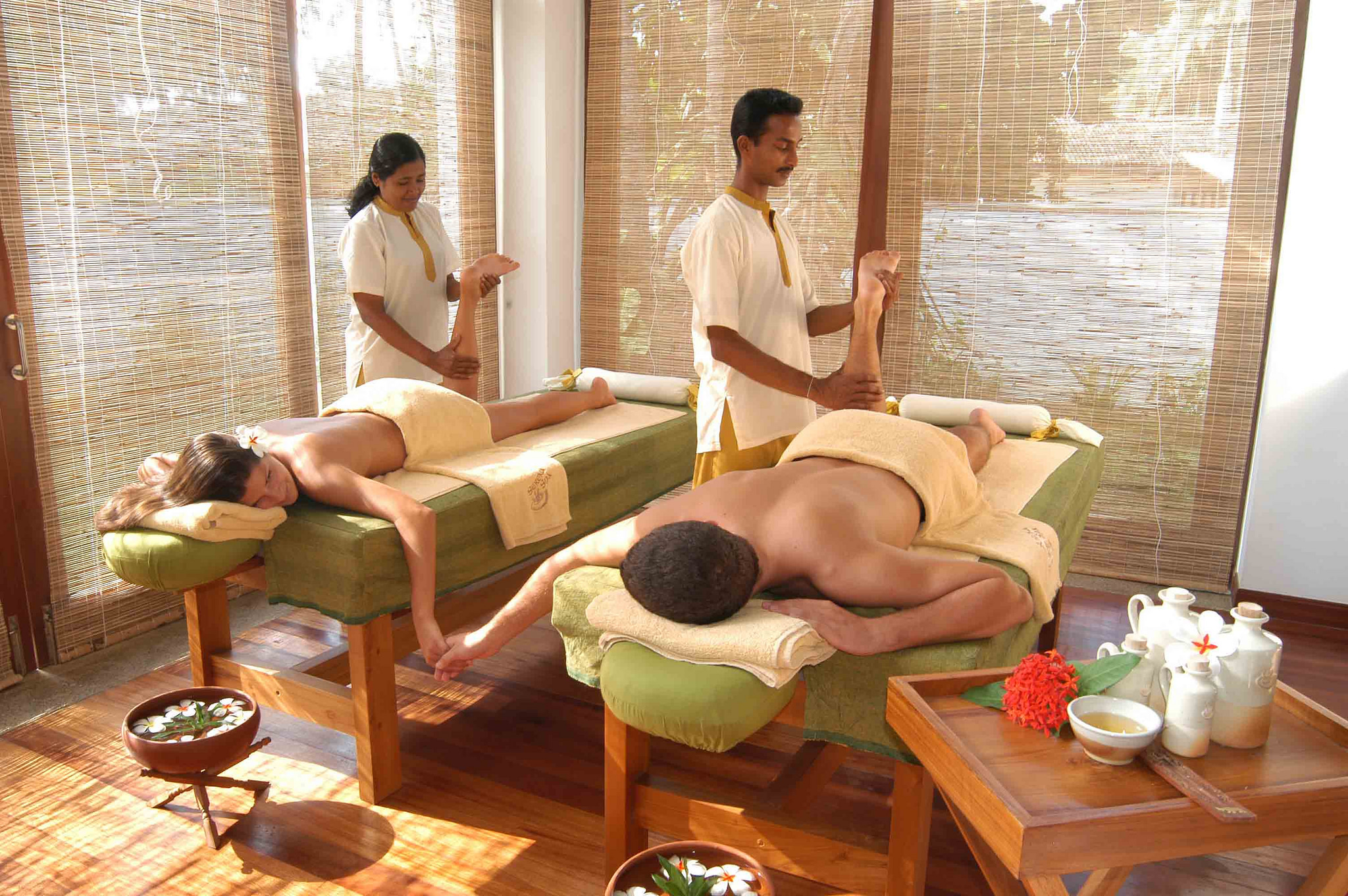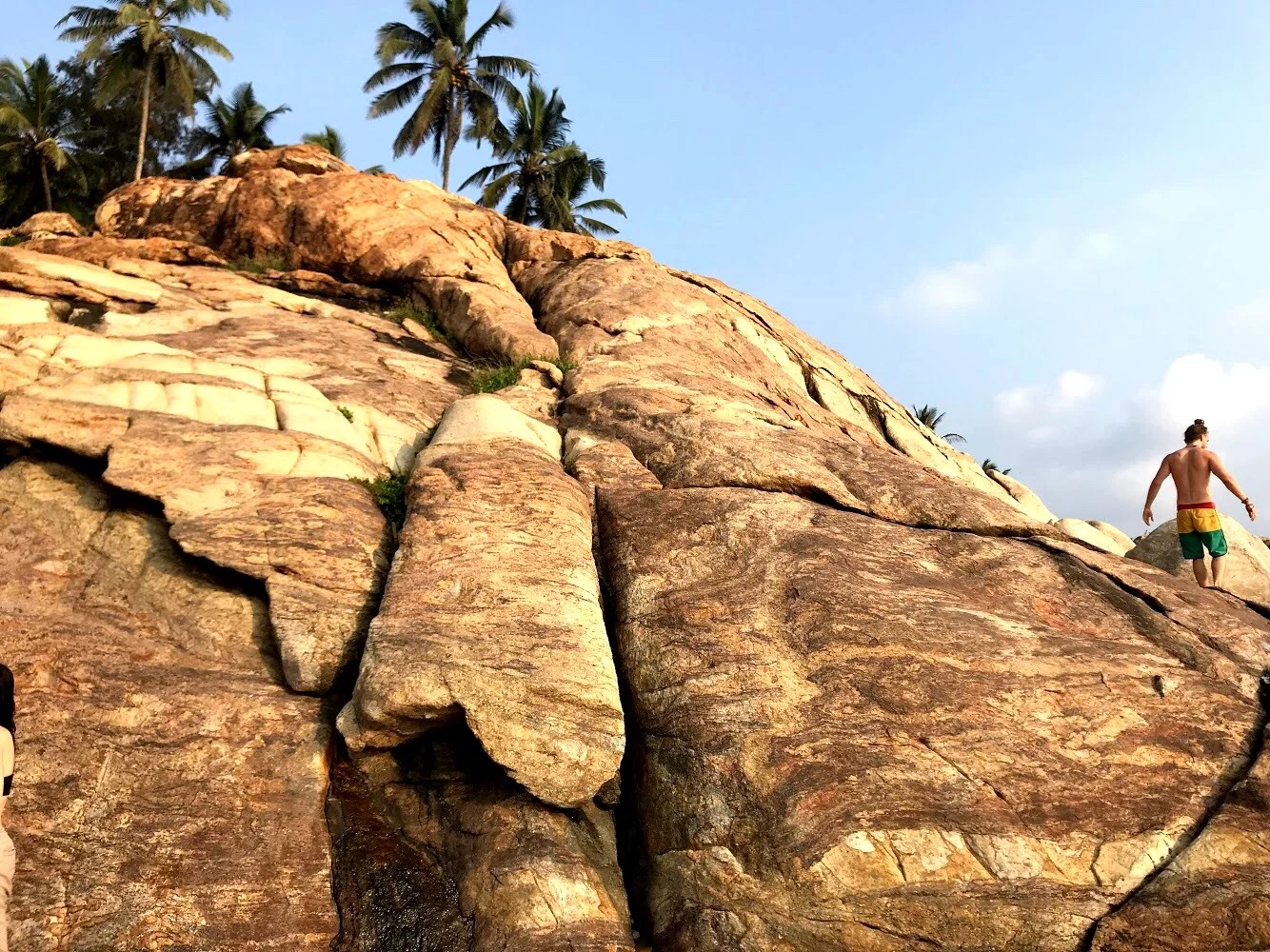Pedal your way through the Rajasthan desert, Kerala’s lush backwaters and Sri Lanka’s scenic tea trails for a biking journey like no other.
South Asia is a cyclist’s paradise, offering diverse landscapes, rich cultural heritage and unforgettable adventures. Combining India and Sri Lanka in one cycling tour allows you to experience the best of both worlds — India’s vibrant chaos and ancient traditions paired with Sri Lanka’s tropical serenity and natural beauty. In this guide, we’ll explore the highlights of cycling in both countries, the best routes and the ideal times to travel.
Cycling in India: A Journey Through Diversity
India’s vast and varied geography makes it a dream destination for cyclists. From the rugged Himalayas to the serene backwaters of Kerala, and the golden sands of Rajasthan to the Western Ghats, an India bike tour offers a glimpse into the country’s rich cultural heritage and stunning natural landscapes.
Best Cycling Routes in India
Leh to Manali Highway
Highlights: This iconic route in the Himalayas takes you through high-altitude mountain passes, including Rohtang La and Baralacha La, with stunning views of snow-capped peaks and remote valleys.
Skill level: Advanced
Best time: June to September, when the passes are open and the weather is mild.
Rajasthan Desert Circuit
Highlights: Pedal through the Thar Desert, visiting historic cities like Jodhpur, Jaipur and Jaisalmer. Explore palaces, forts and vibrant local markets.
Skill level: Intermediate
Best time: October to March, when the desert heat is bearable.
Kerala Backwaters
Highlights: Cycle through palm-fringed roads, lush tea plantations in Munnar and tranquil backwaters in Alleppey. The route blends nature with cultural stops at temples and spice plantations.
Skill level: Beginner to intermediate
Best time: November to February, during the cool and dry season.
Goa’s Coastal Trails
Highlights: Discover sandy beaches, Portuguese-era churches, and vibrant nightlife while cycling along Goa’s coastal roads and forested interiors.
Skill level: Beginner
Best time: October to February, after the monsoon rains.
Cycling in Sri Lanka: The Island of Serendipity
A Sri Lanka bike tour offers a compact yet diverse cycling experience. Its scenic routes take you through tea plantations, ancient ruins, tropical beaches and wildlife-rich national parks. The island’s friendly locals and vibrant culture add to the charm of a cycling holiday here.
Best Cycling Routes in Sri Lanka
Cultural Triangle Loop
Highlights: Explore ancient cities like Anuradhapura, Polonnaruwa, and Sigiriya. This route combines history with stunning landscapes and opportunities to spot wildlife like elephants.
Skill level: Intermediate
Best time: January to April and August to October, avoiding the heavy monsoon rains.
Tea Country Trails
Highlights: Cycle through the rolling hills and tea plantations of Nuwara Eliya and Ella, with stops at waterfalls, colonial-era towns, and scenic viewpoints.
Skill level: Intermediate
Best time: December to March, when the weather in the central highlands is cool and pleasant.
Southern Coastal Route
Highlights: Pedal along Sri Lanka’s pristine southern coastline, passing through Galle, Mirissa, and Tangalle. Enjoy ocean views, historic sites, and opportunities for whale watching.
Skill level: Beginner
Best time: November to April, during the dry season along the southern coast.
Knuckles Mountain Range
Highlights: Tackle the rugged trails of this UNESCO World Heritage site, known for its biodiversity and panoramic views. This is perfect for mountain biking enthusiasts.
Skill level: Advanced
Best time: February to September, avoiding the monsoon.
Planning Your Multi-Country Cycling Adventure
Best Time to Bike Through India and Sri Lanka
Winter (November to February): Ideal for both India and Sri Lanka, offering cool, dry weather perfect for cycling.
Early spring (March): Suitable for southern India and Sri Lanka’s highlands before temperatures rise.
Travel Tips for Cycling in South Asia
Visas and travel logistics: Ensure you have the necessary visas for both countries. Flights between India and Sri Lanka are frequent and affordable.
Bike transport: Many airlines accommodate bicycles, but you can also rent high-quality bikes locally in both countries.
Guided vs. self-guided: Opt for guided tours if you’re unfamiliar with local roads and terrain. These often include support vehicles and accommodations.
Cultural Highlights of India and Sri Lanka
India: Don’t miss vibrant festivals like Holi (March) or Diwali (October/November).
Sri Lanka: Explore local markets, enjoy a traditional rice and curry meal, and experience its Buddhist heritage.
Gear Up for the Ride of a Lifetime
Cycling through India and Sri Lanka combines adventure, culture and natural beauty, offering a once-in-a-lifetime experience for any cycling enthusiast. Whether you’re climbing Himalayan passes, cruising along the Kerala backwaters or pedaling through Sri Lanka’s tea plantations, the journey promises unforgettable memories and unparalleled diversity. –Nel Duman


